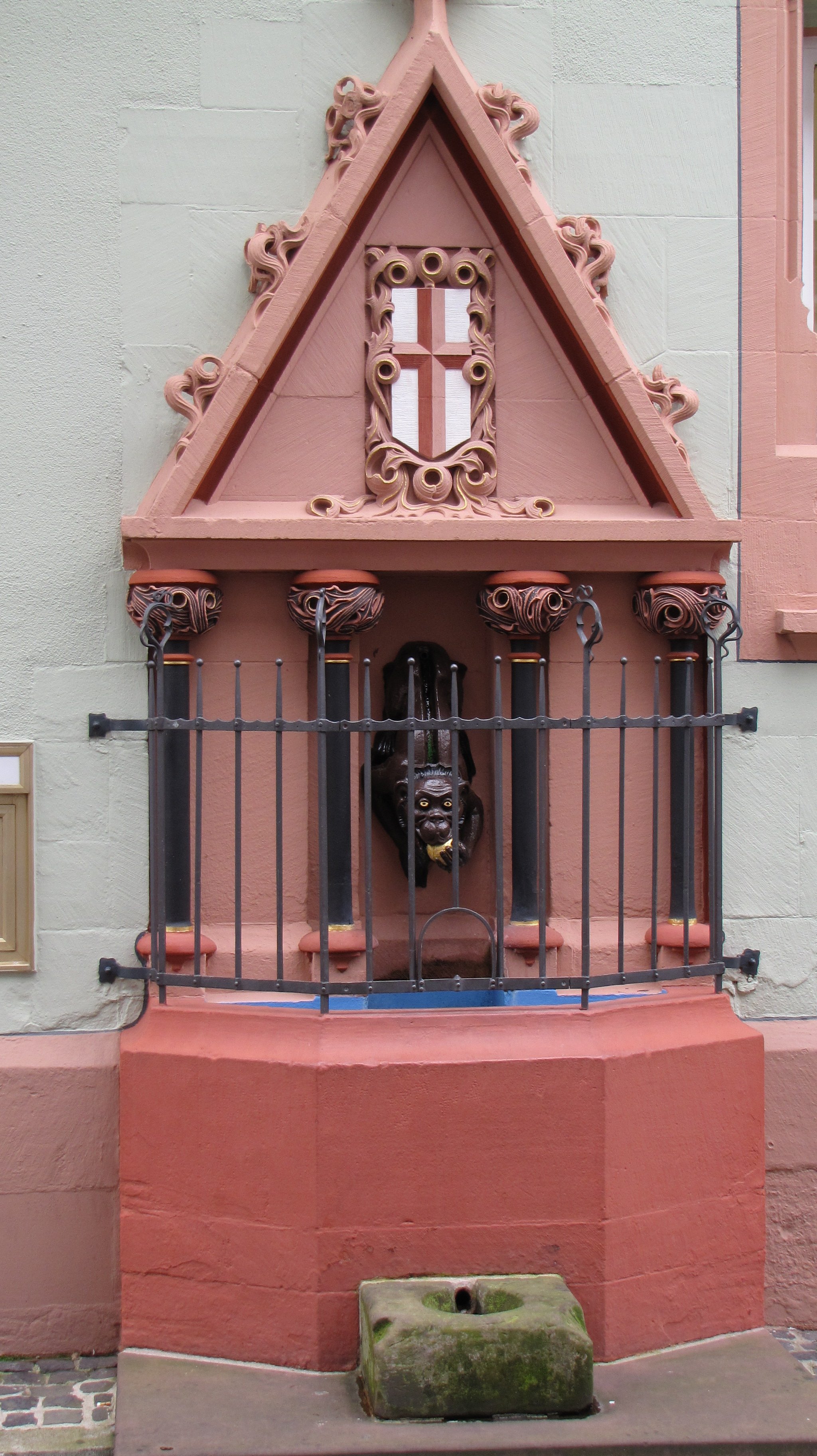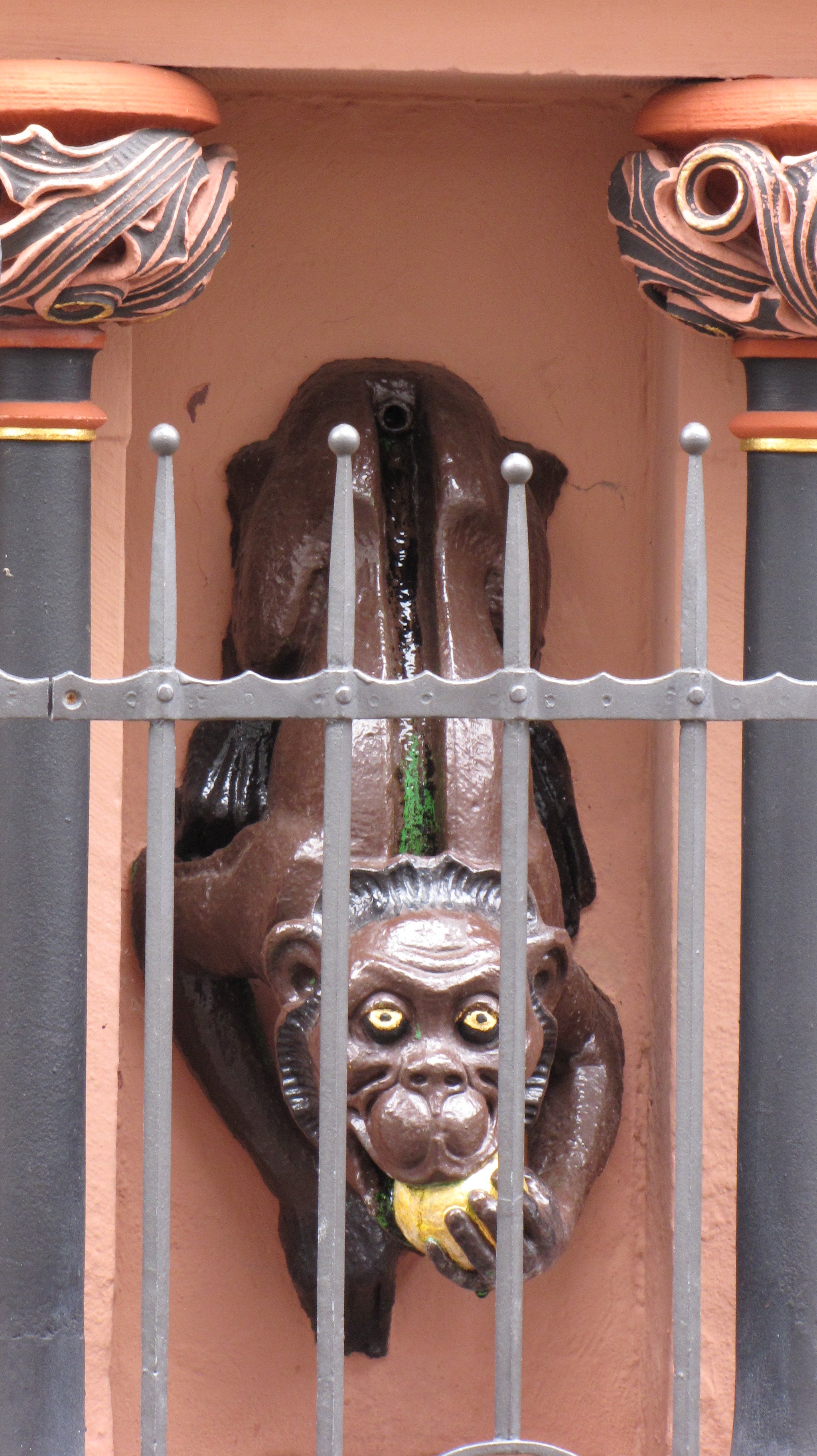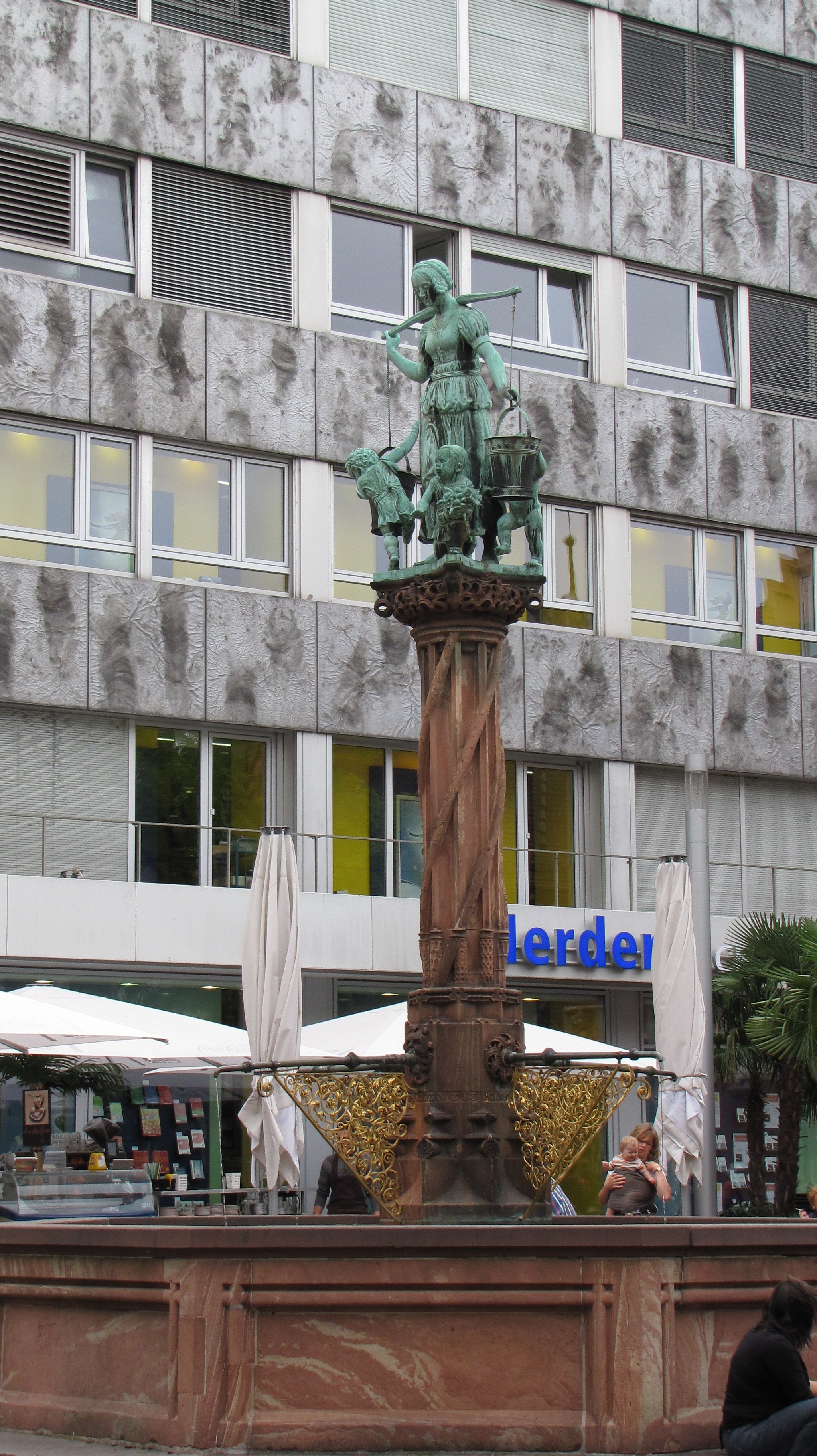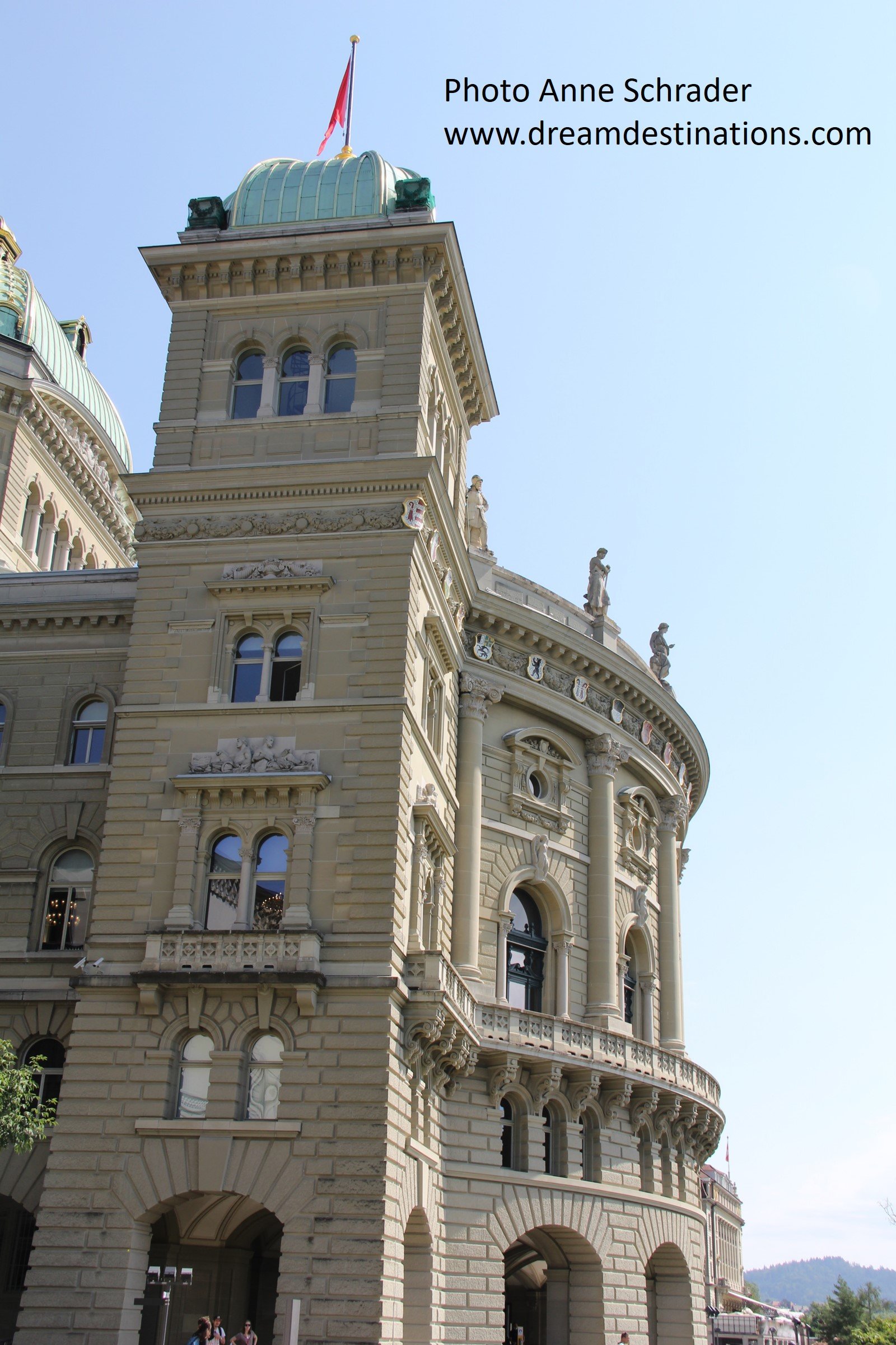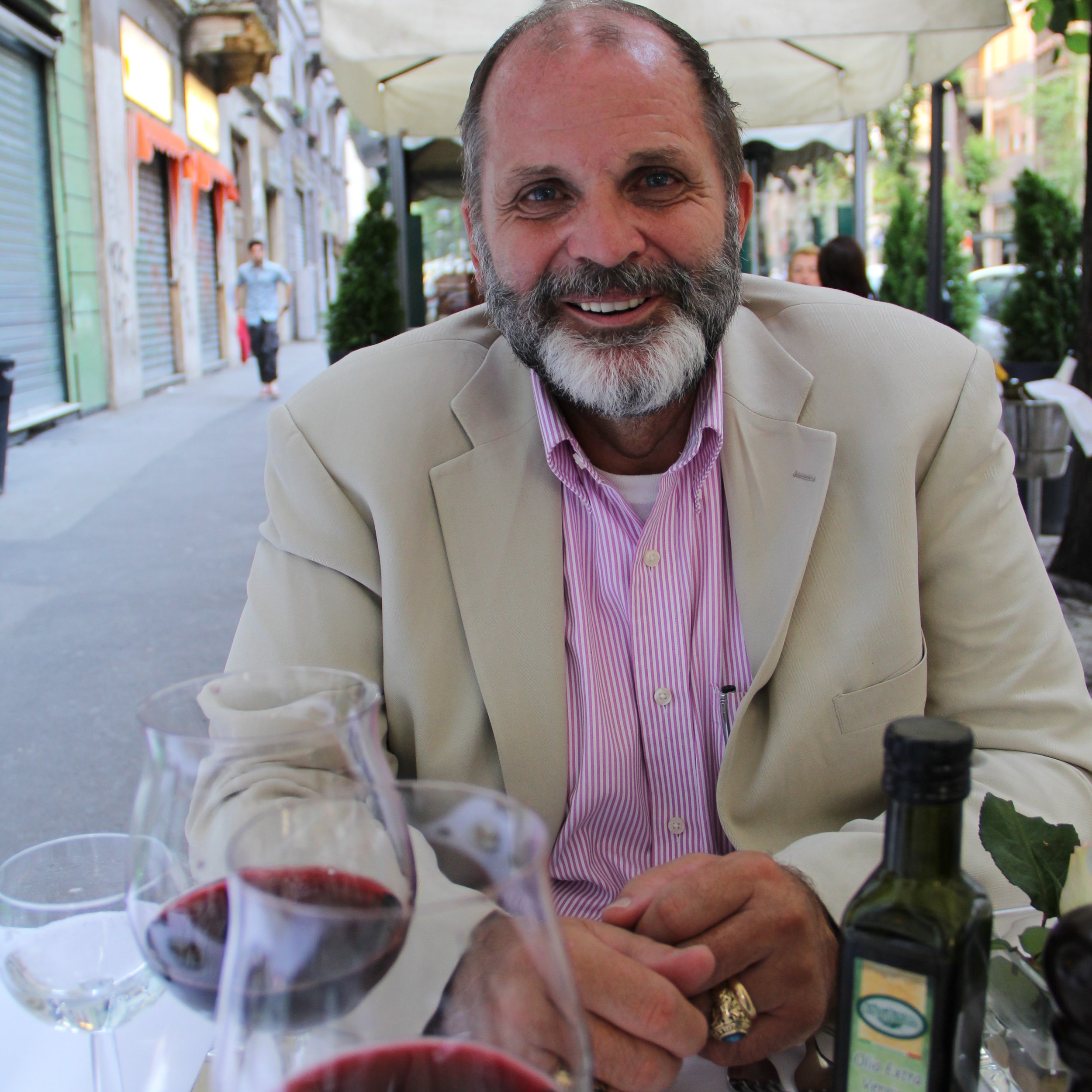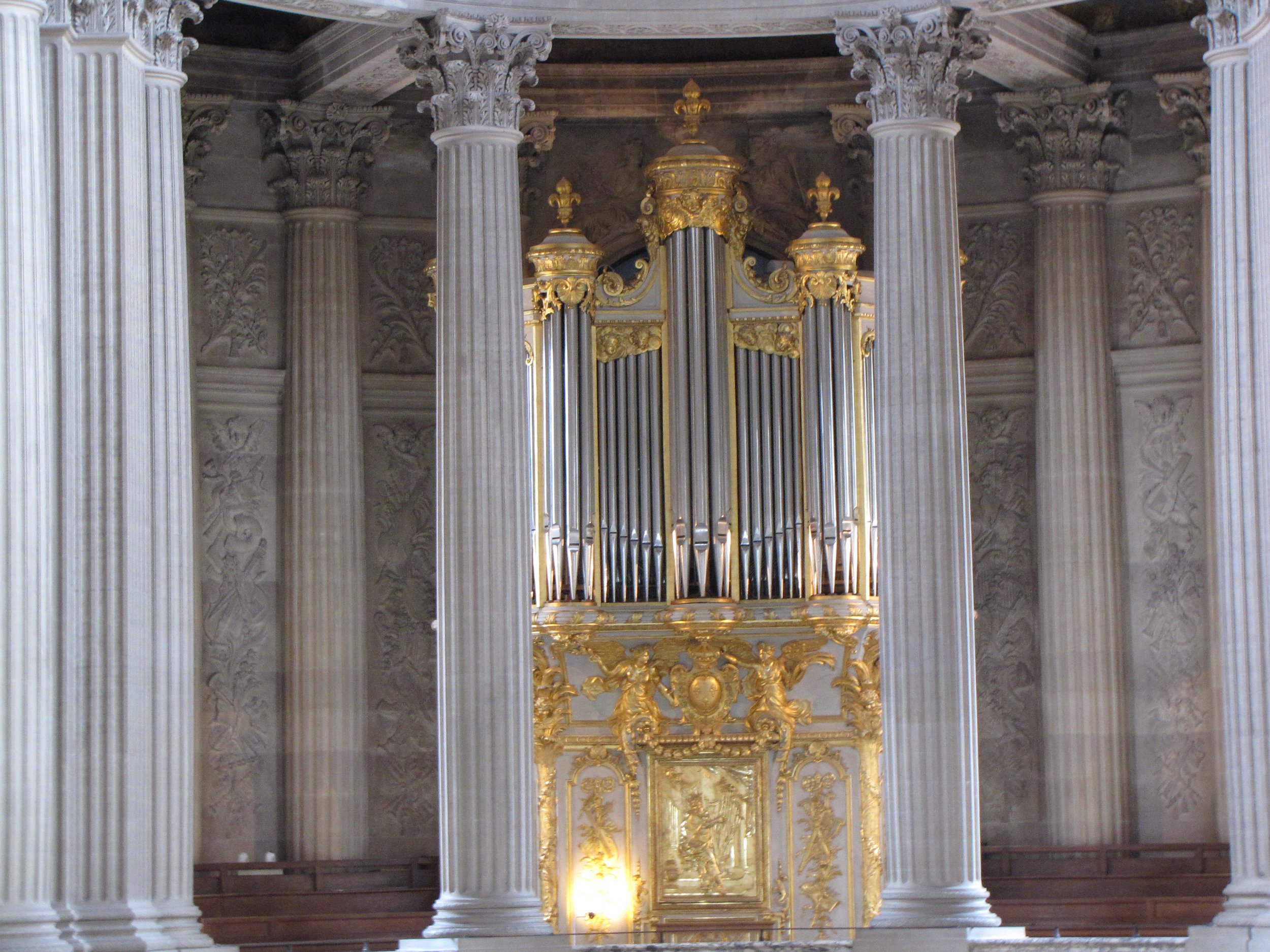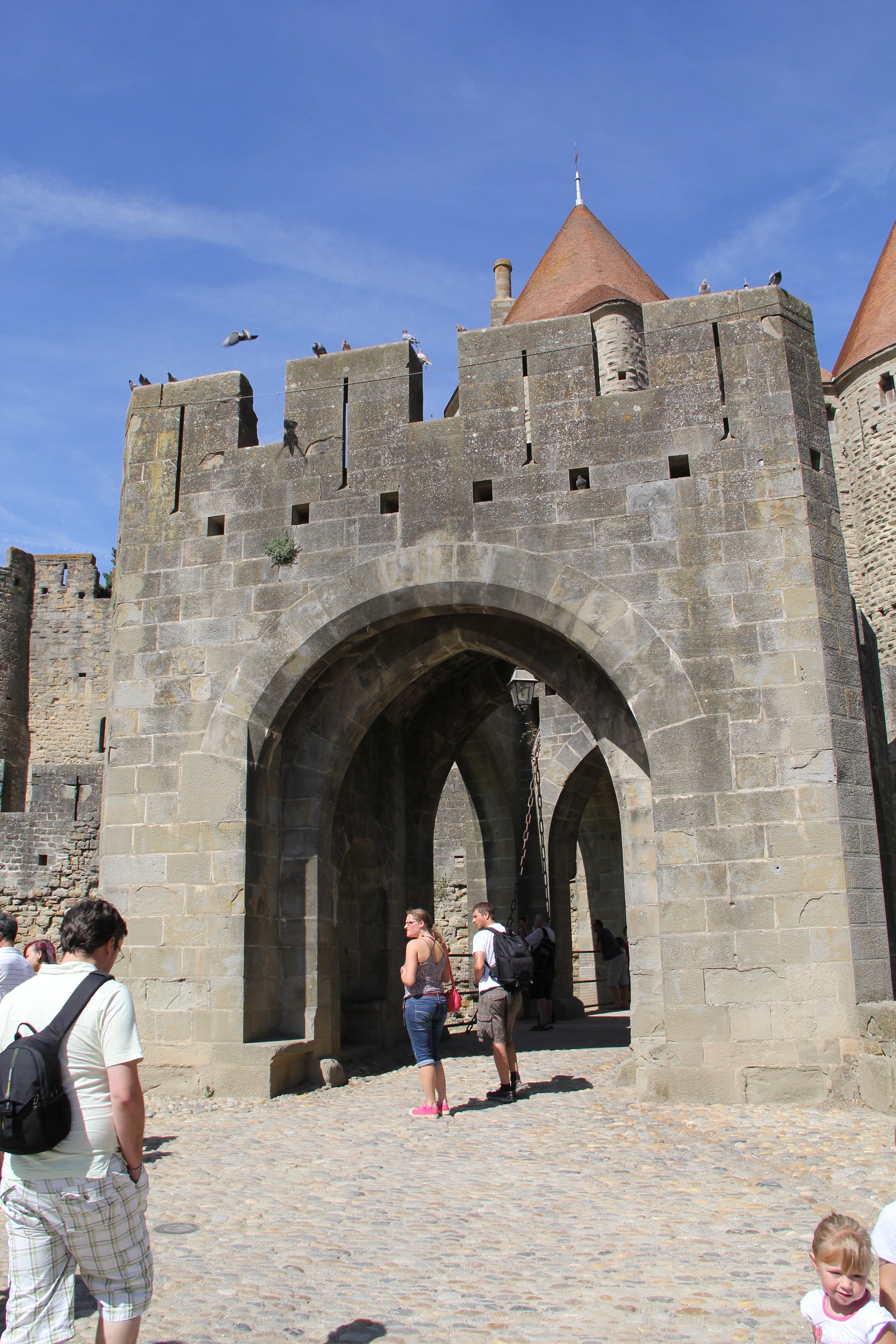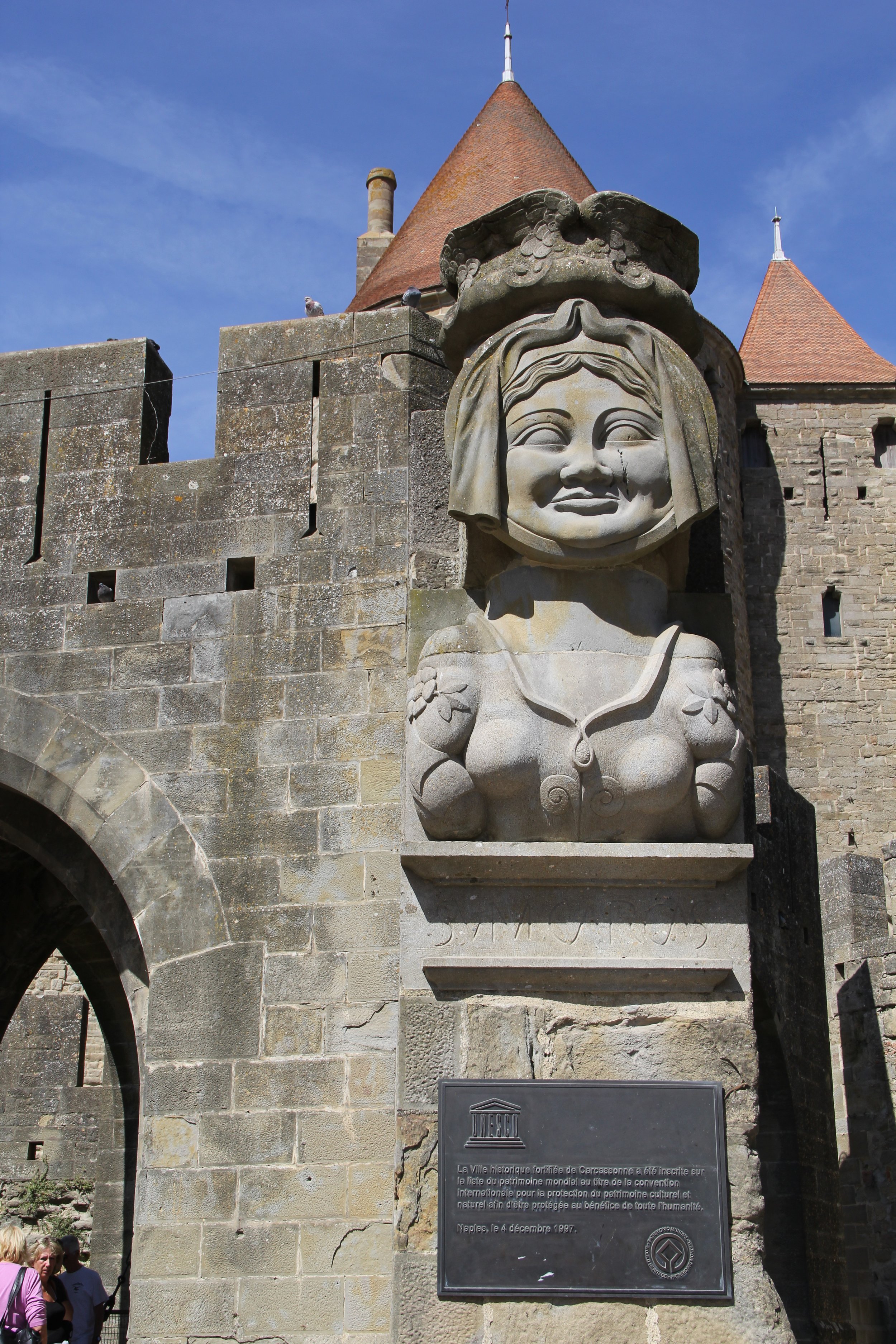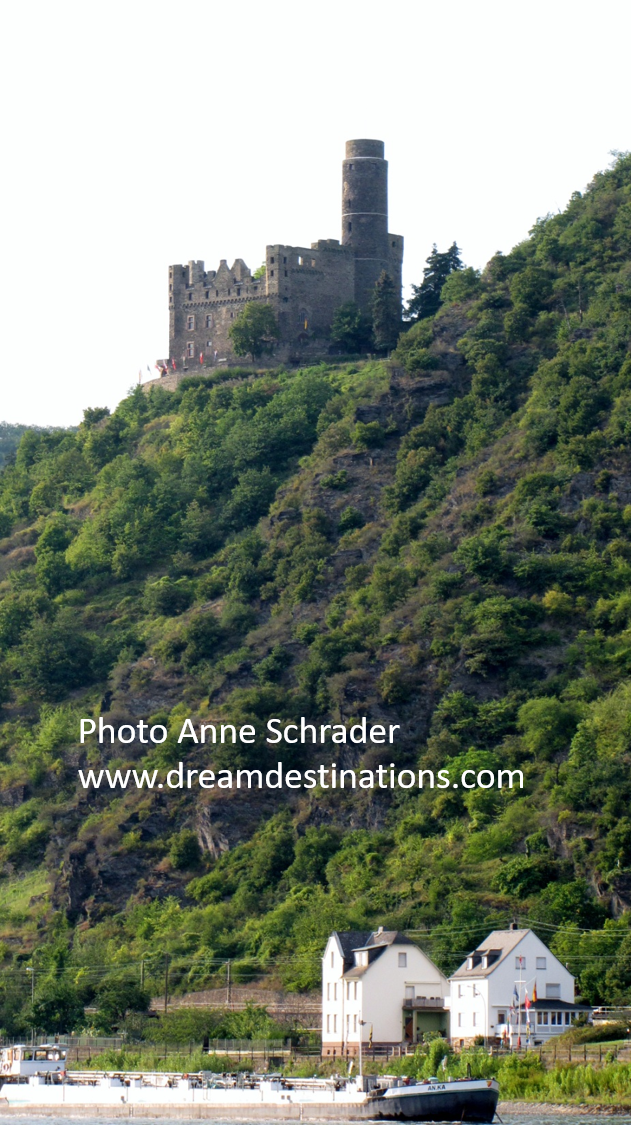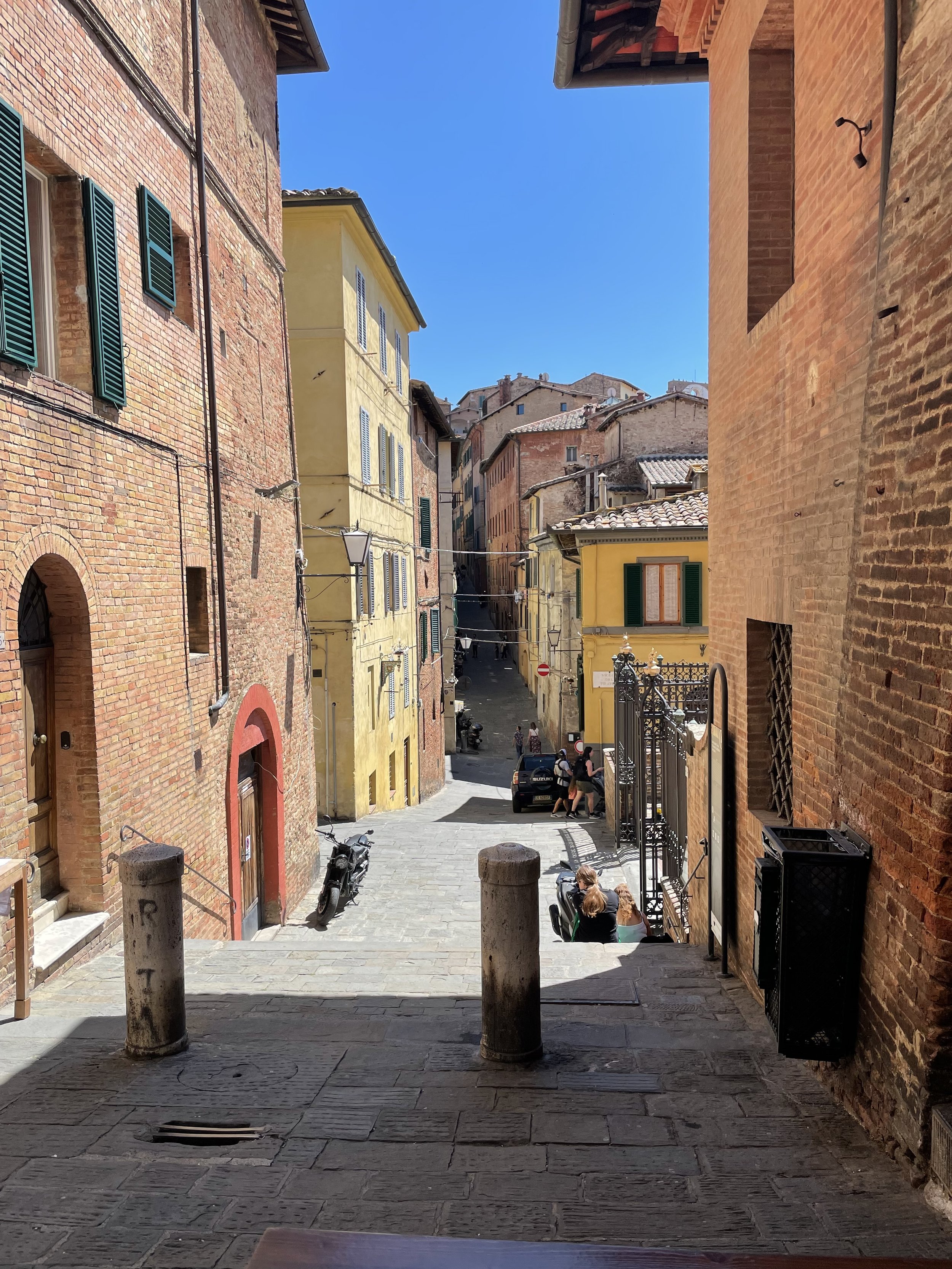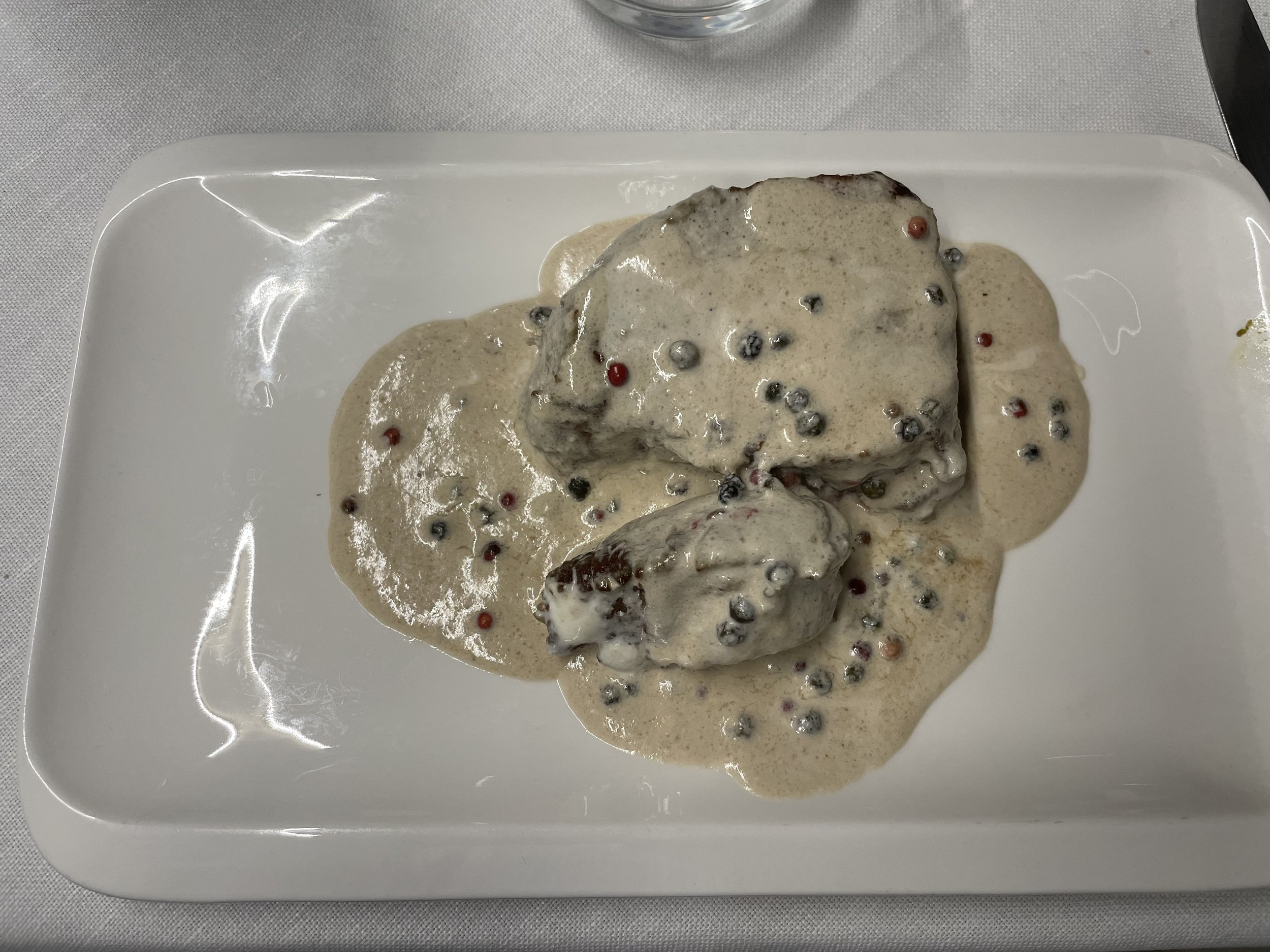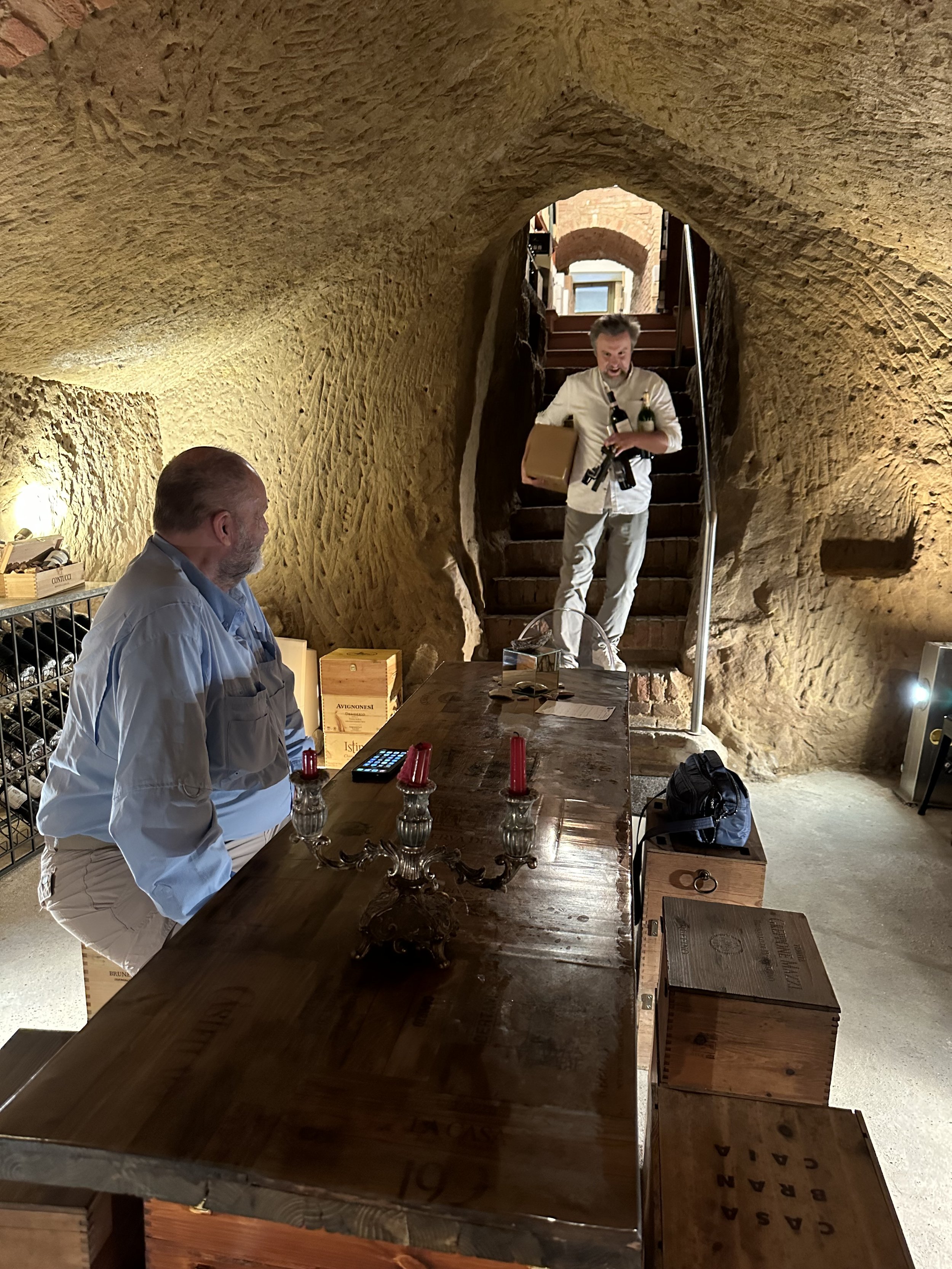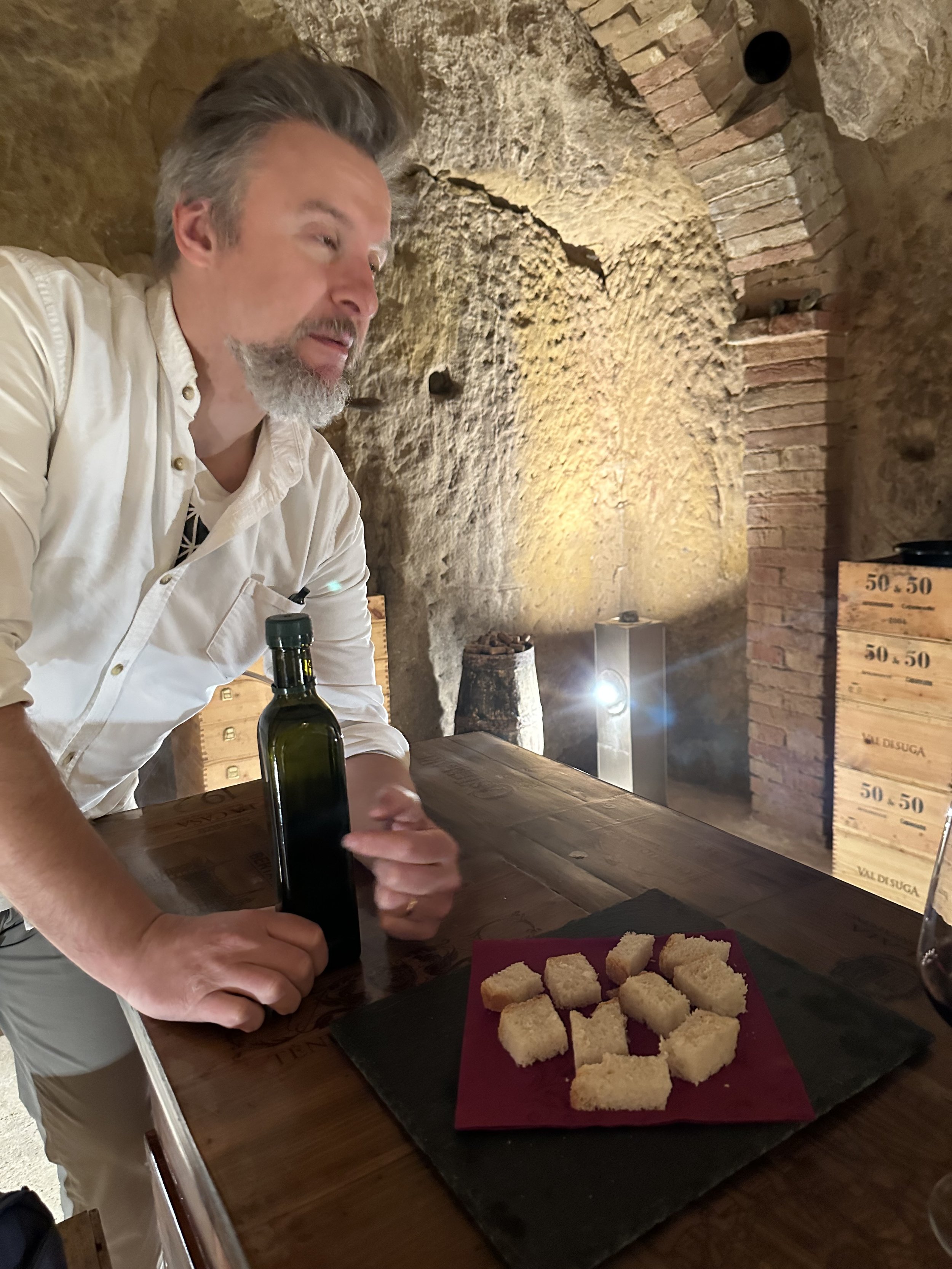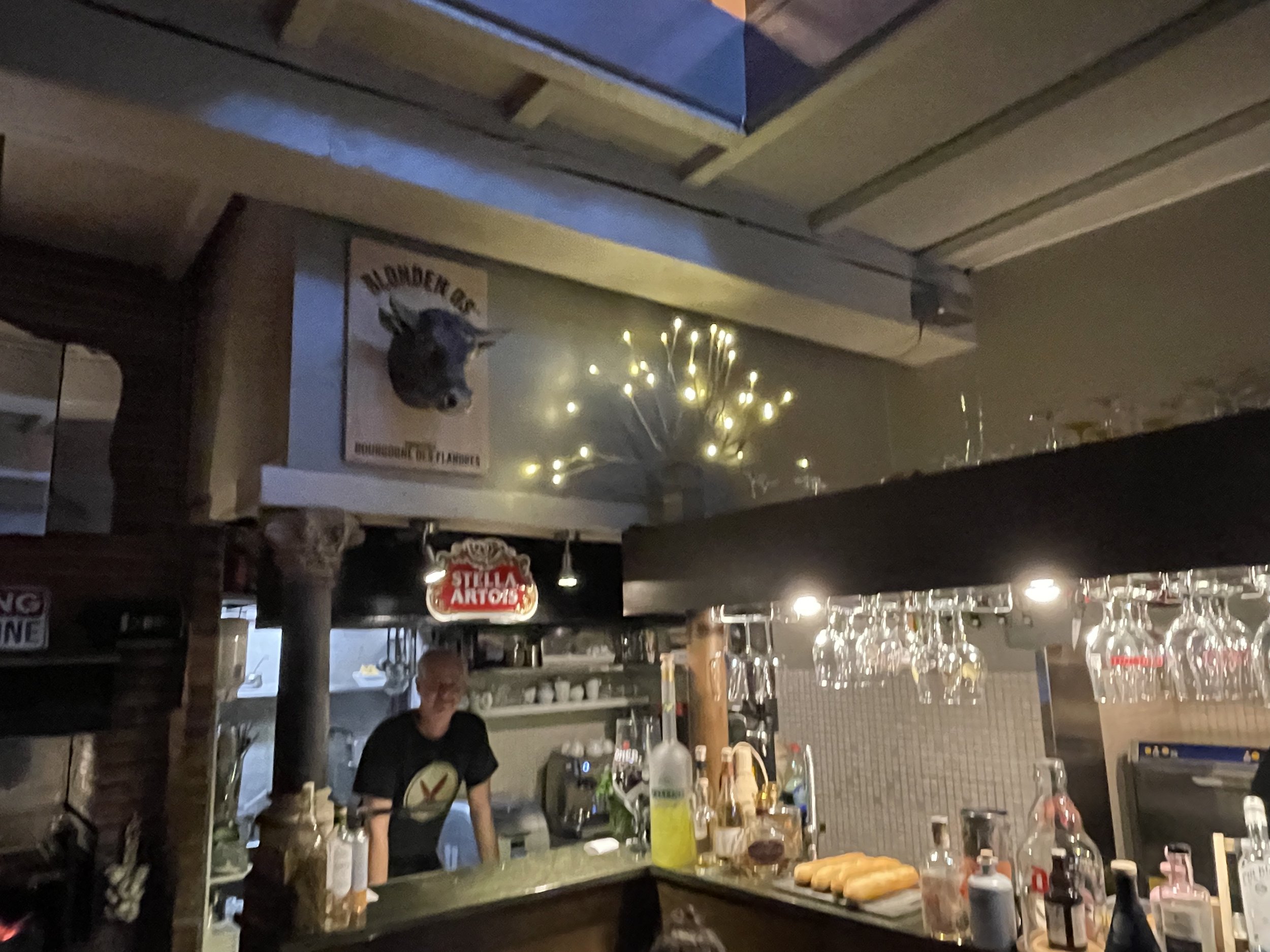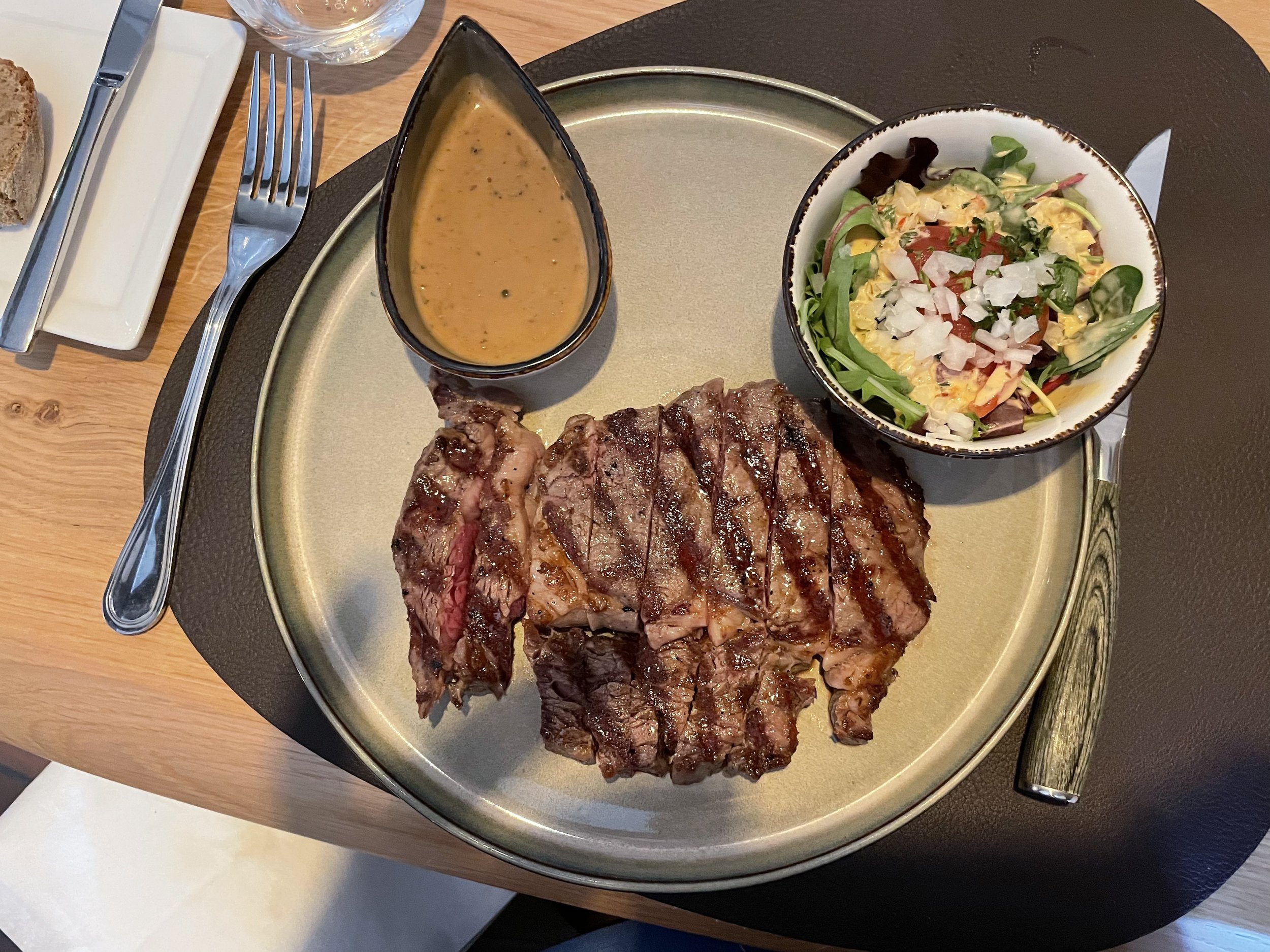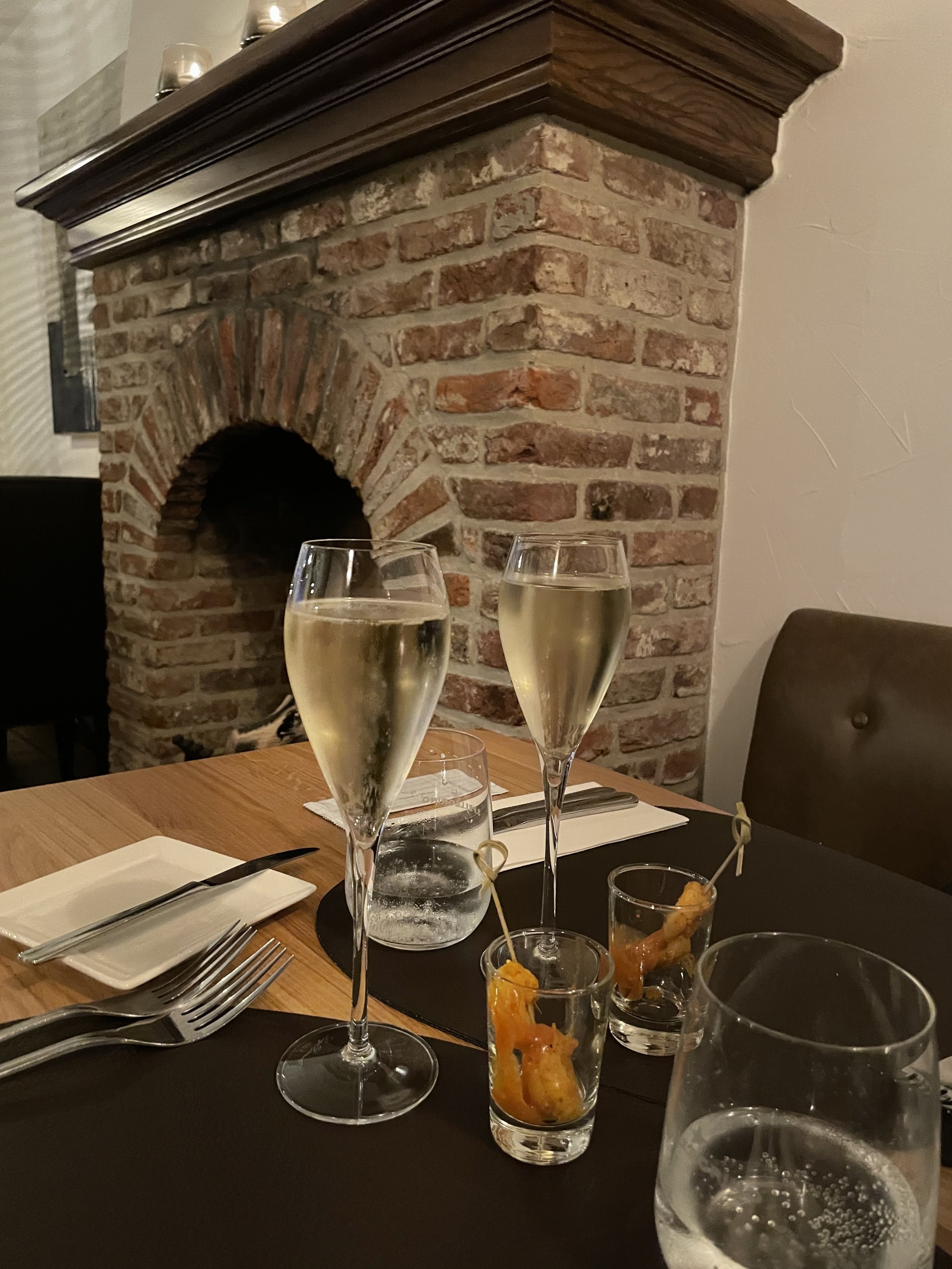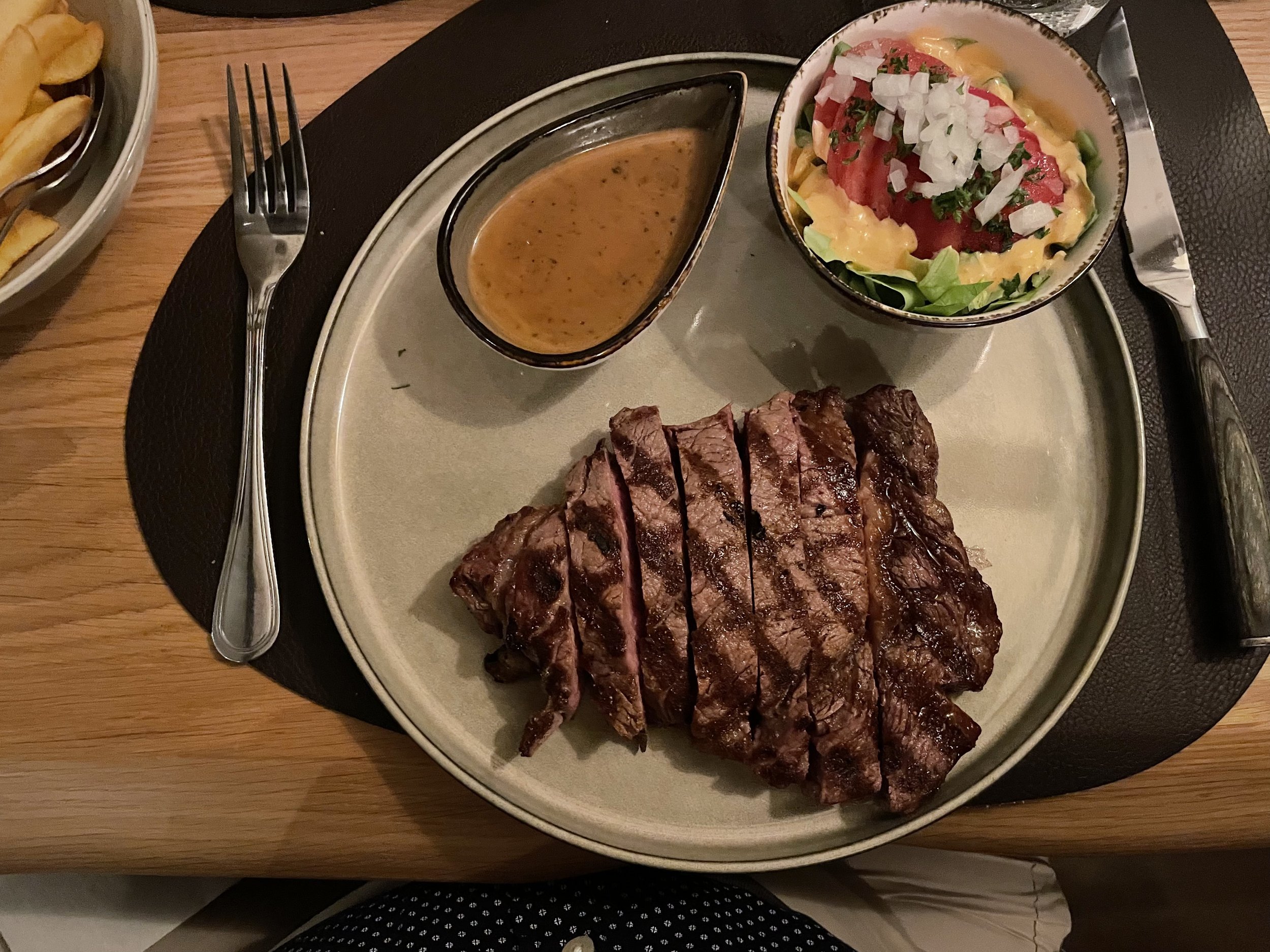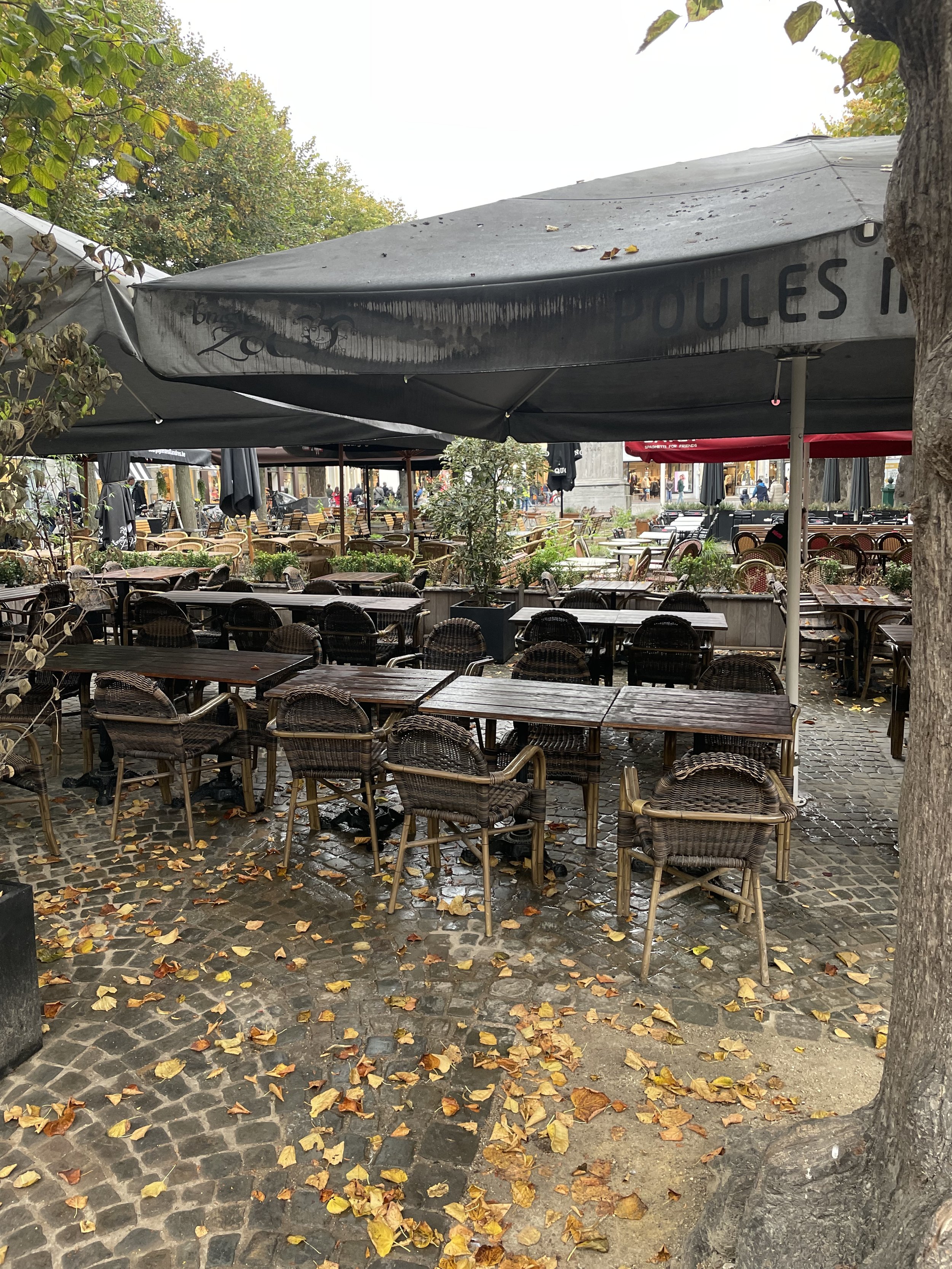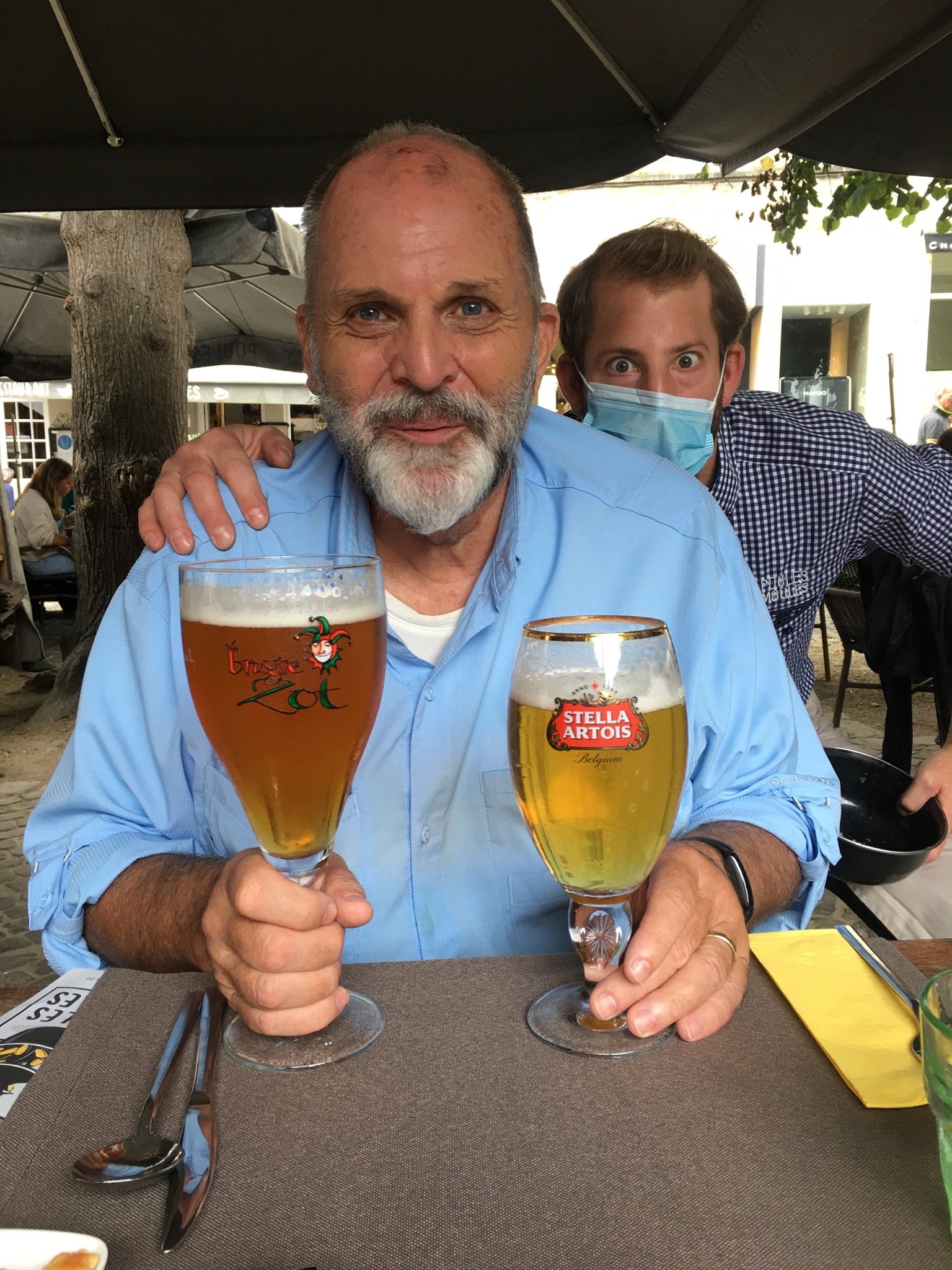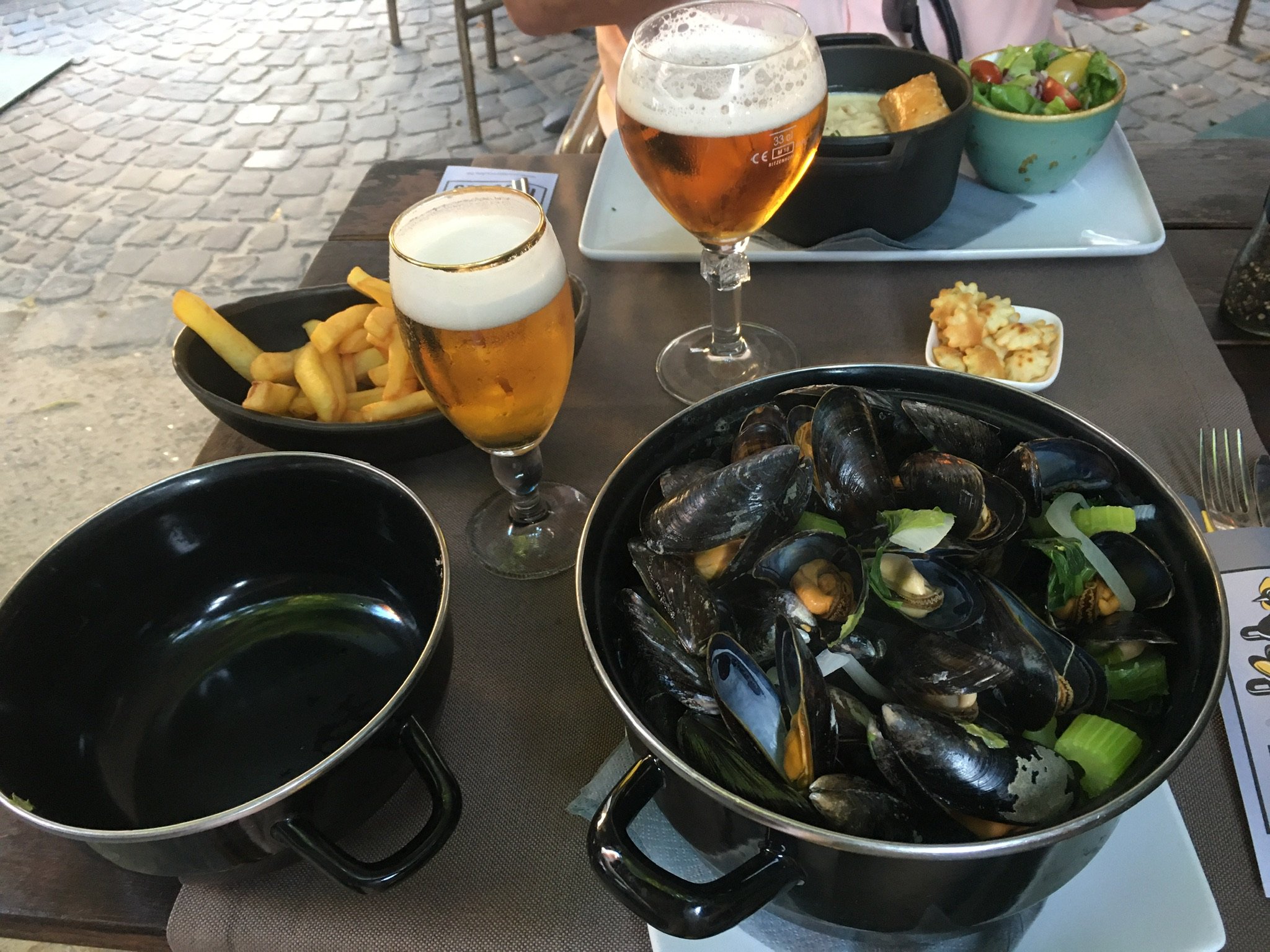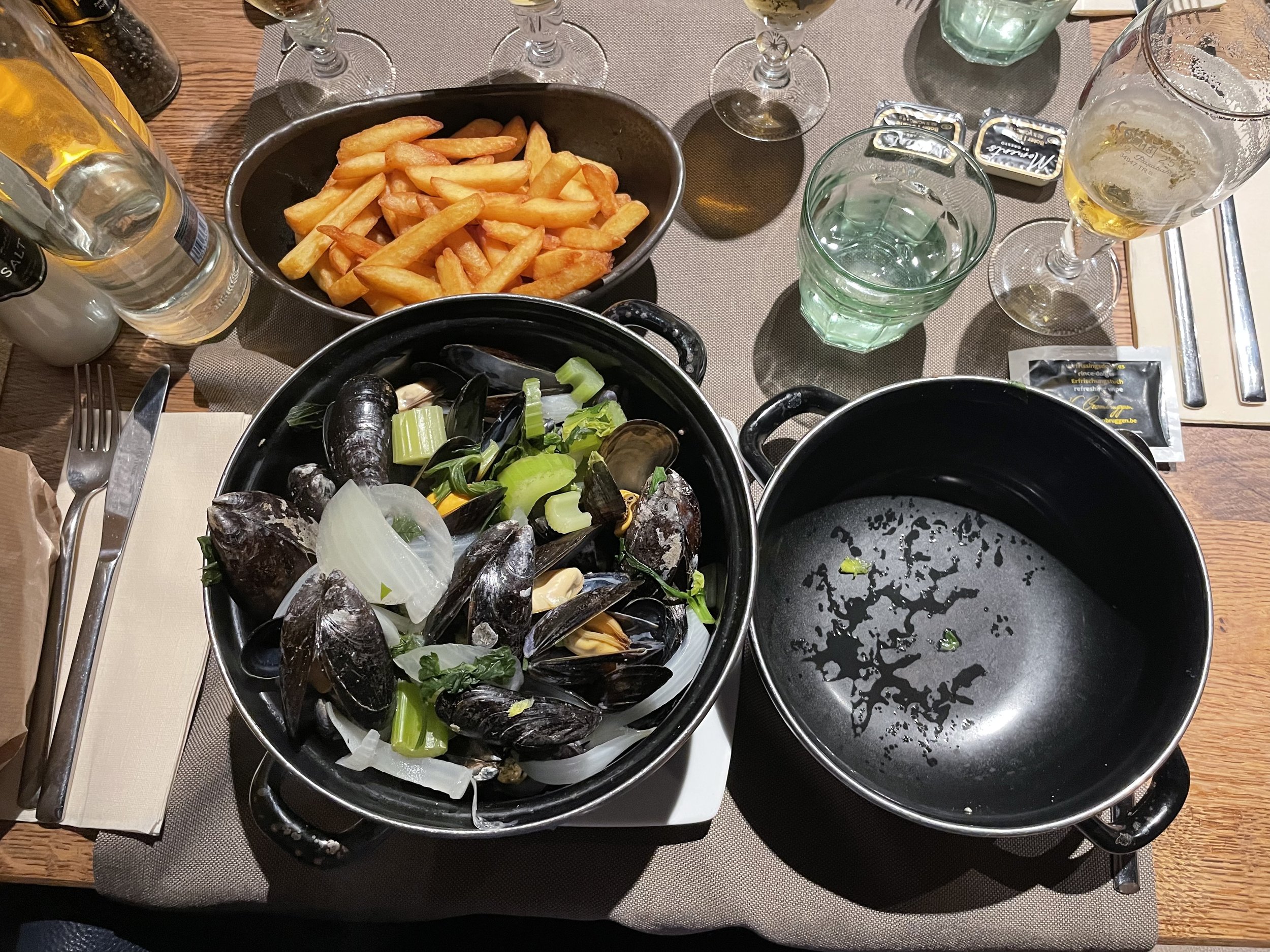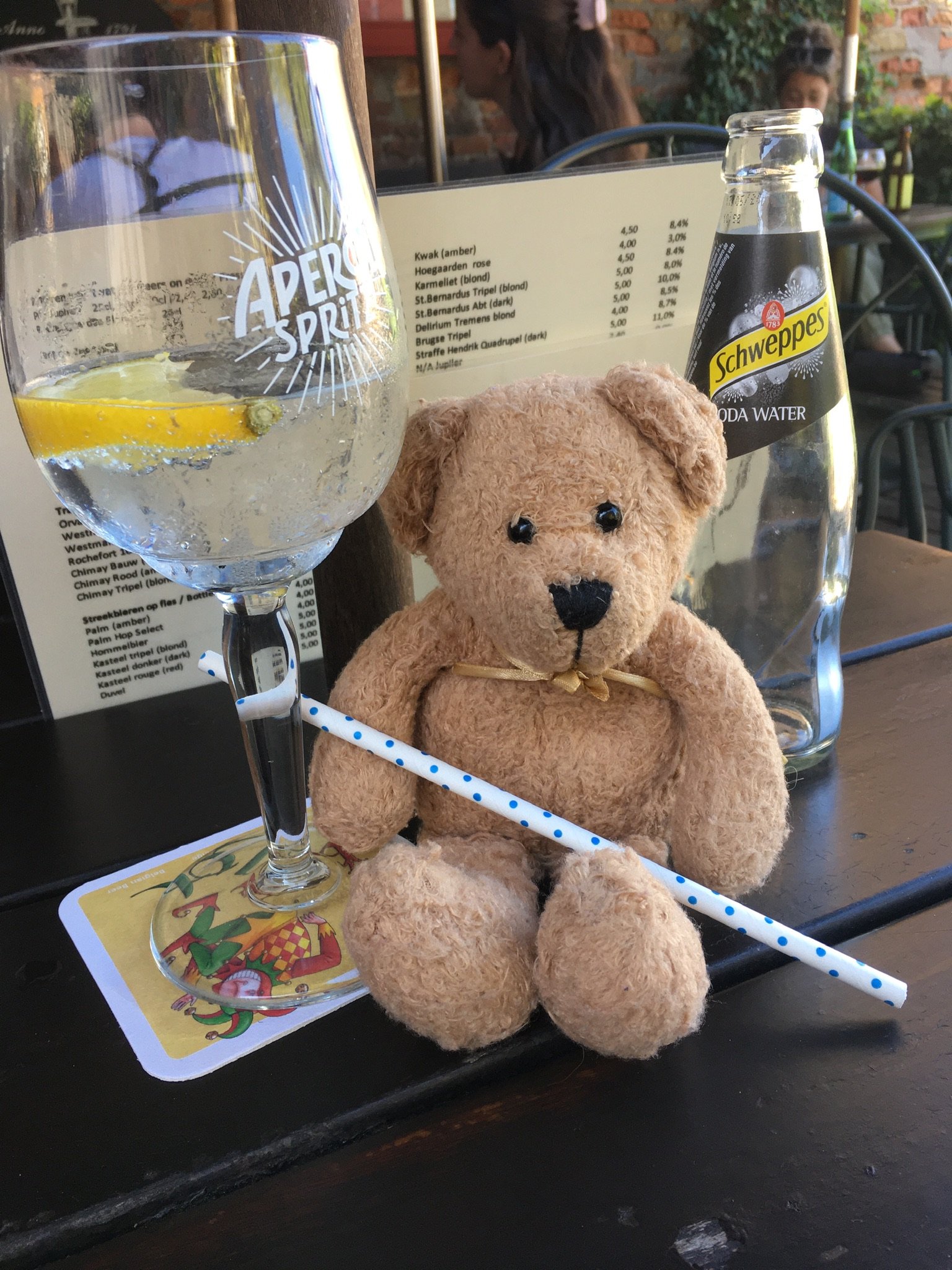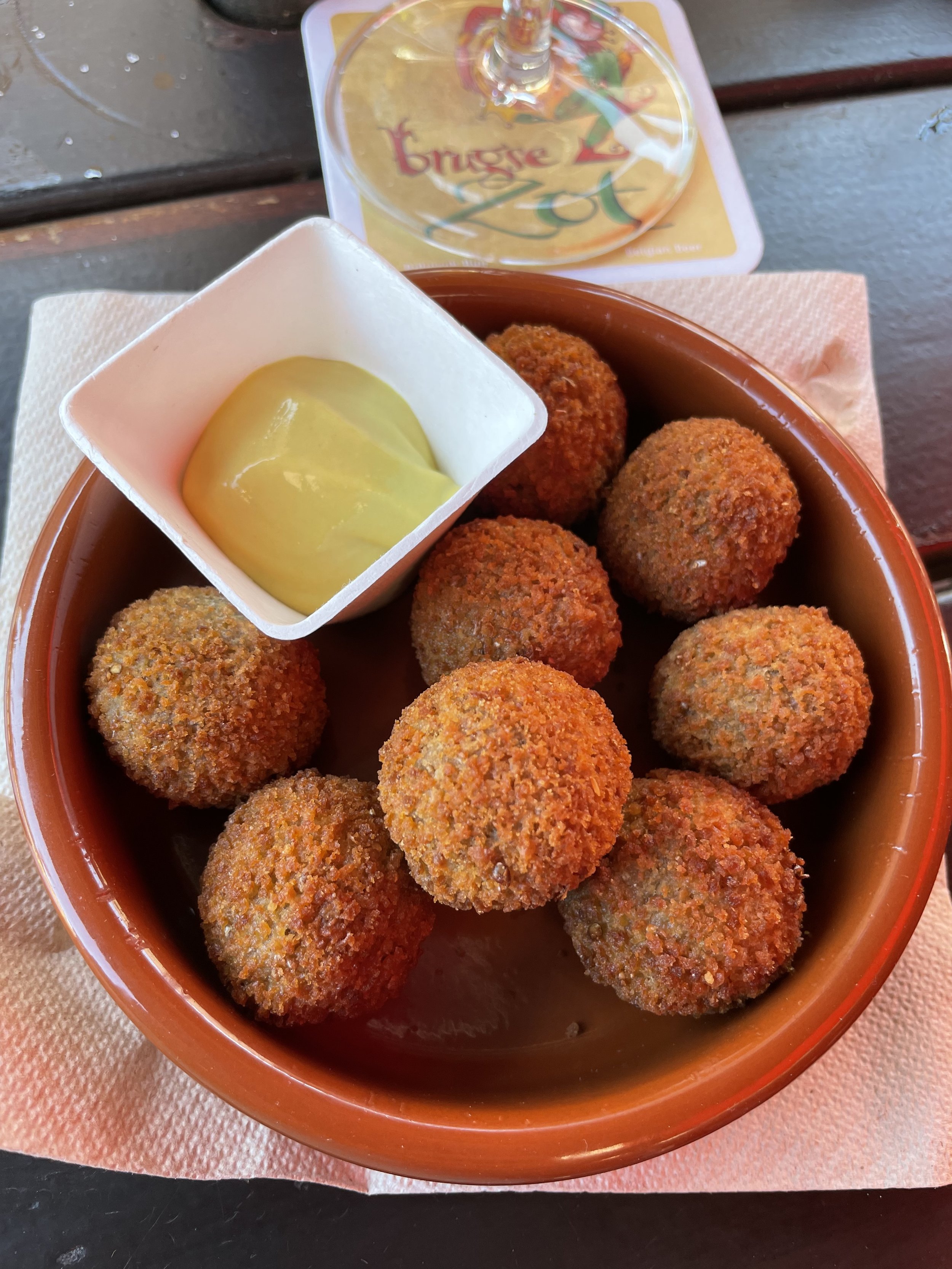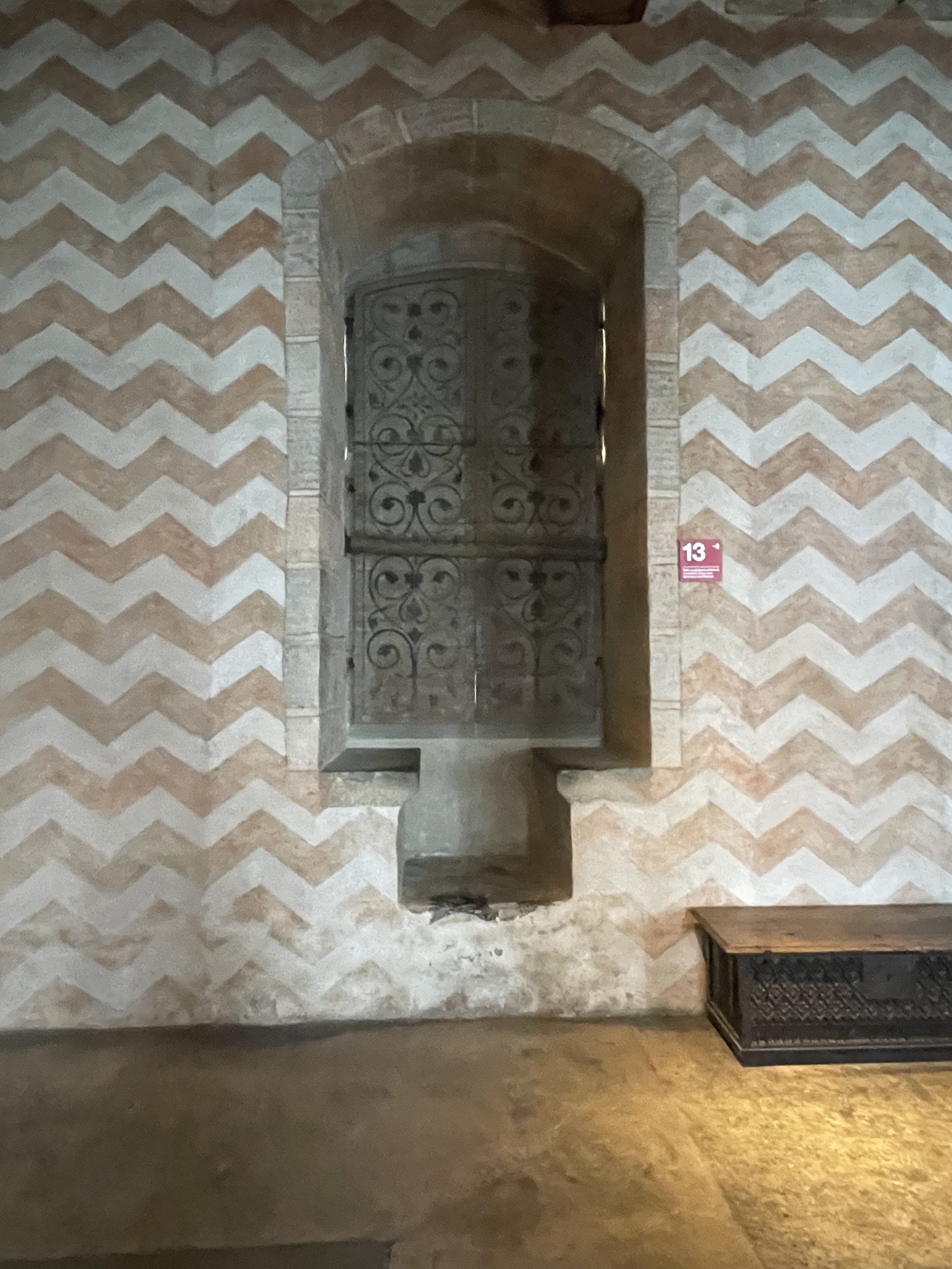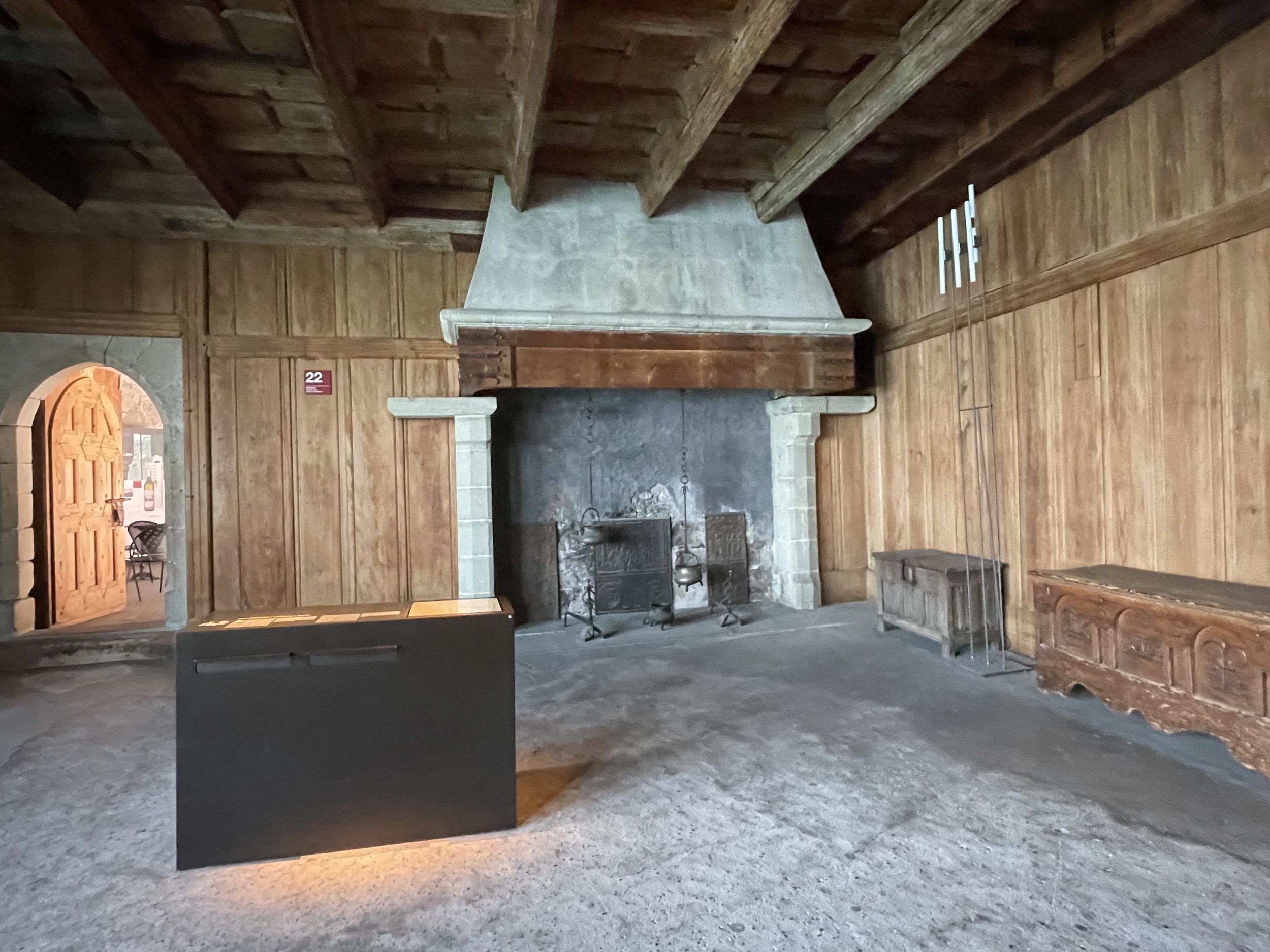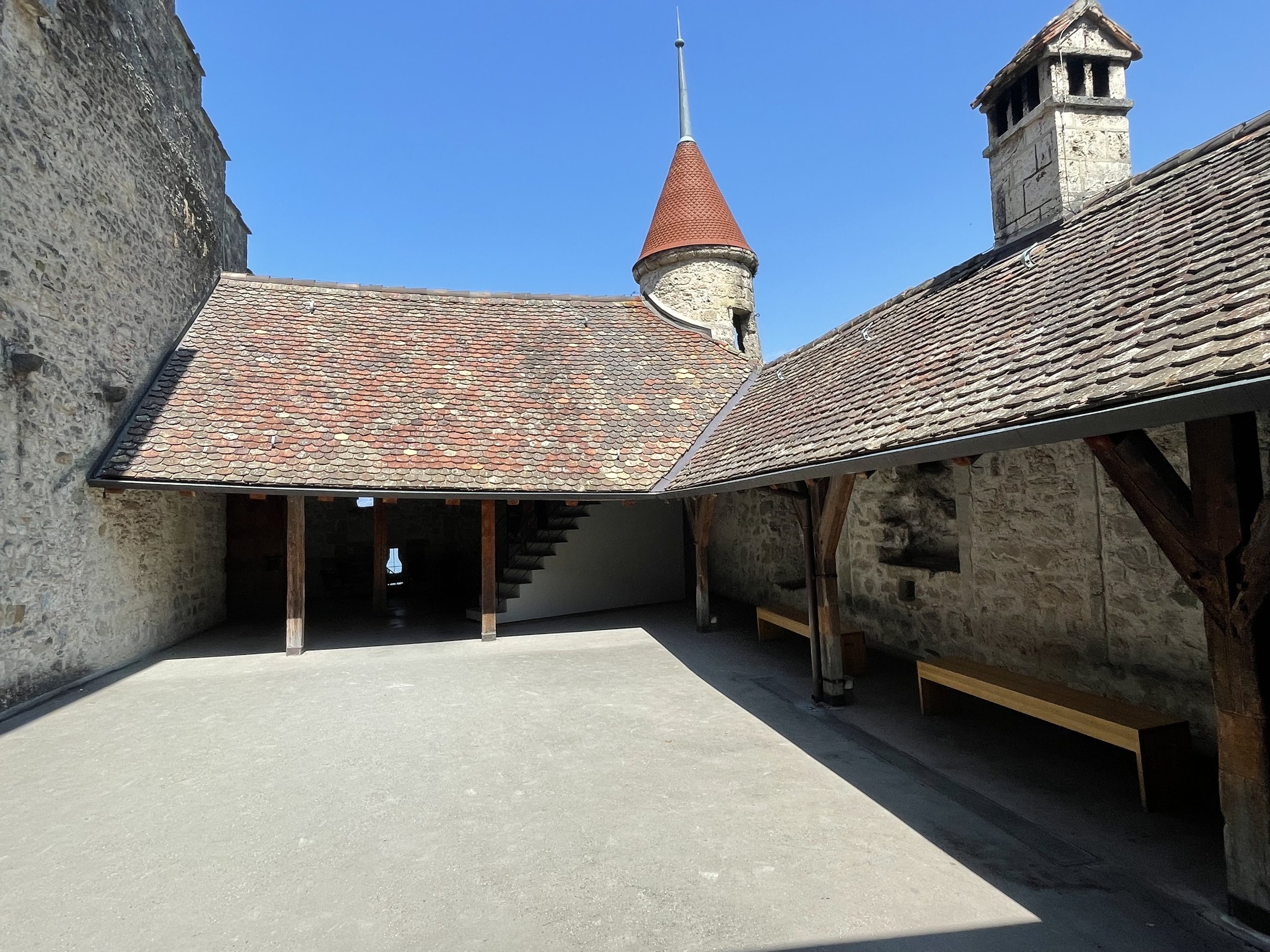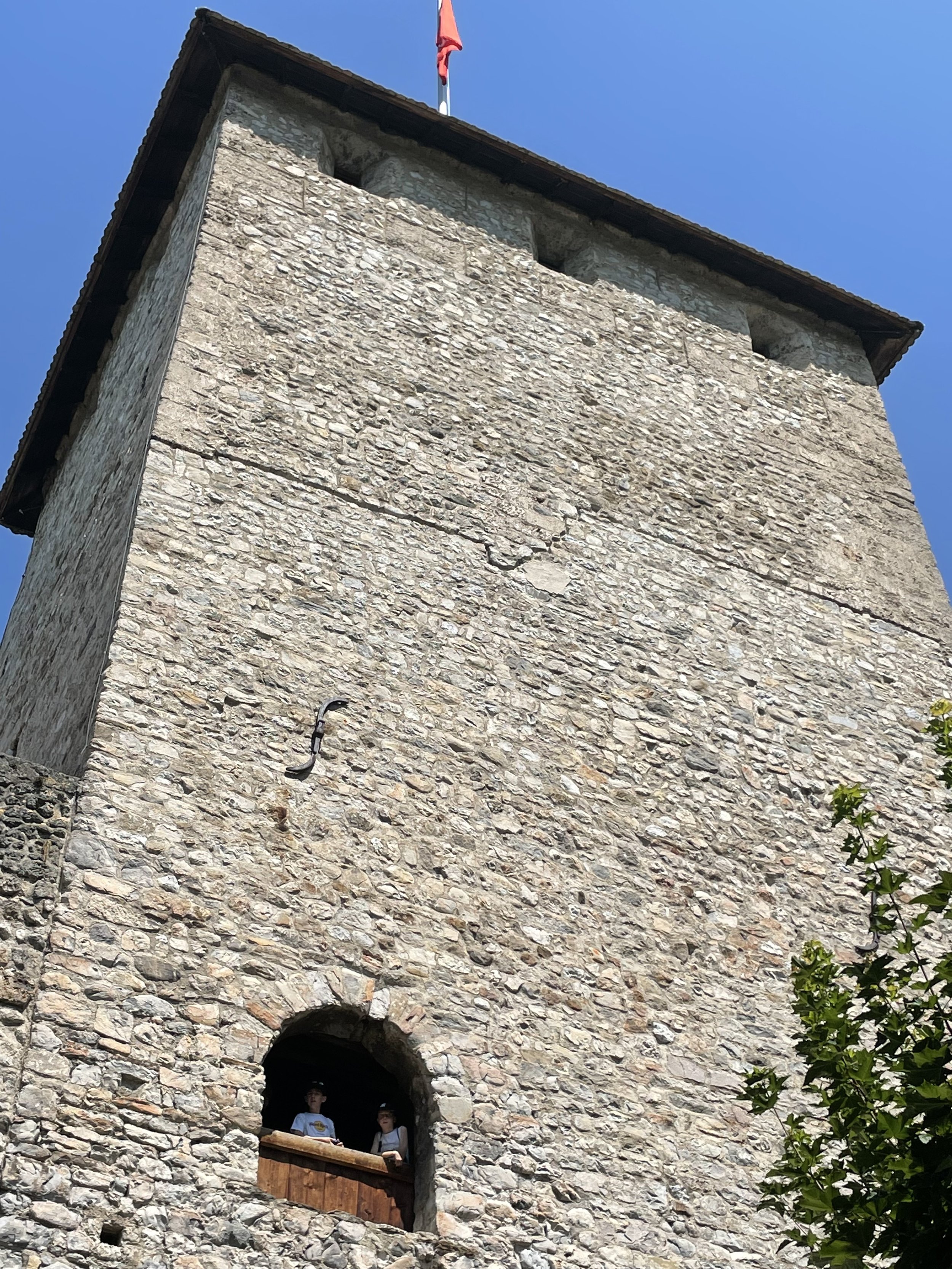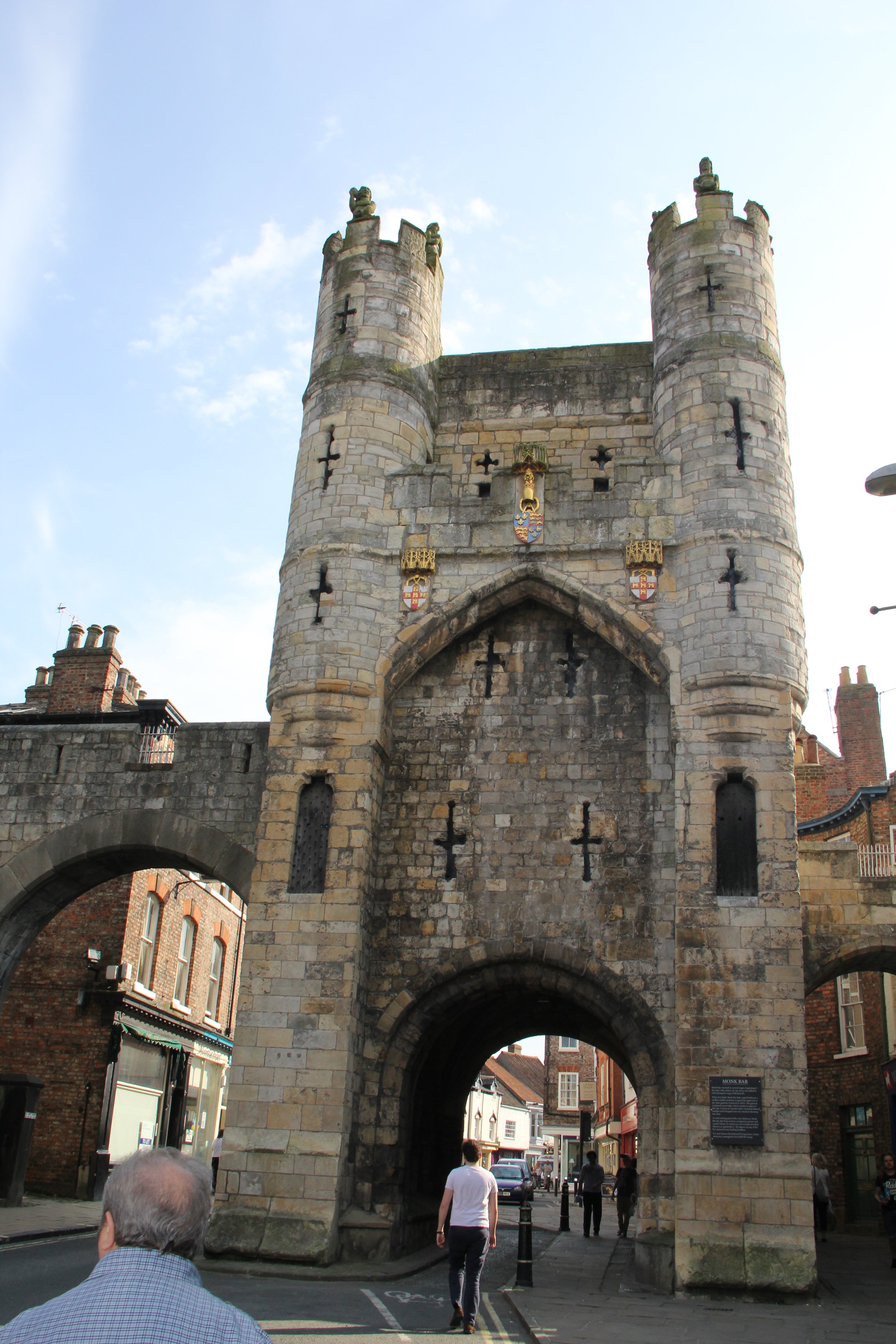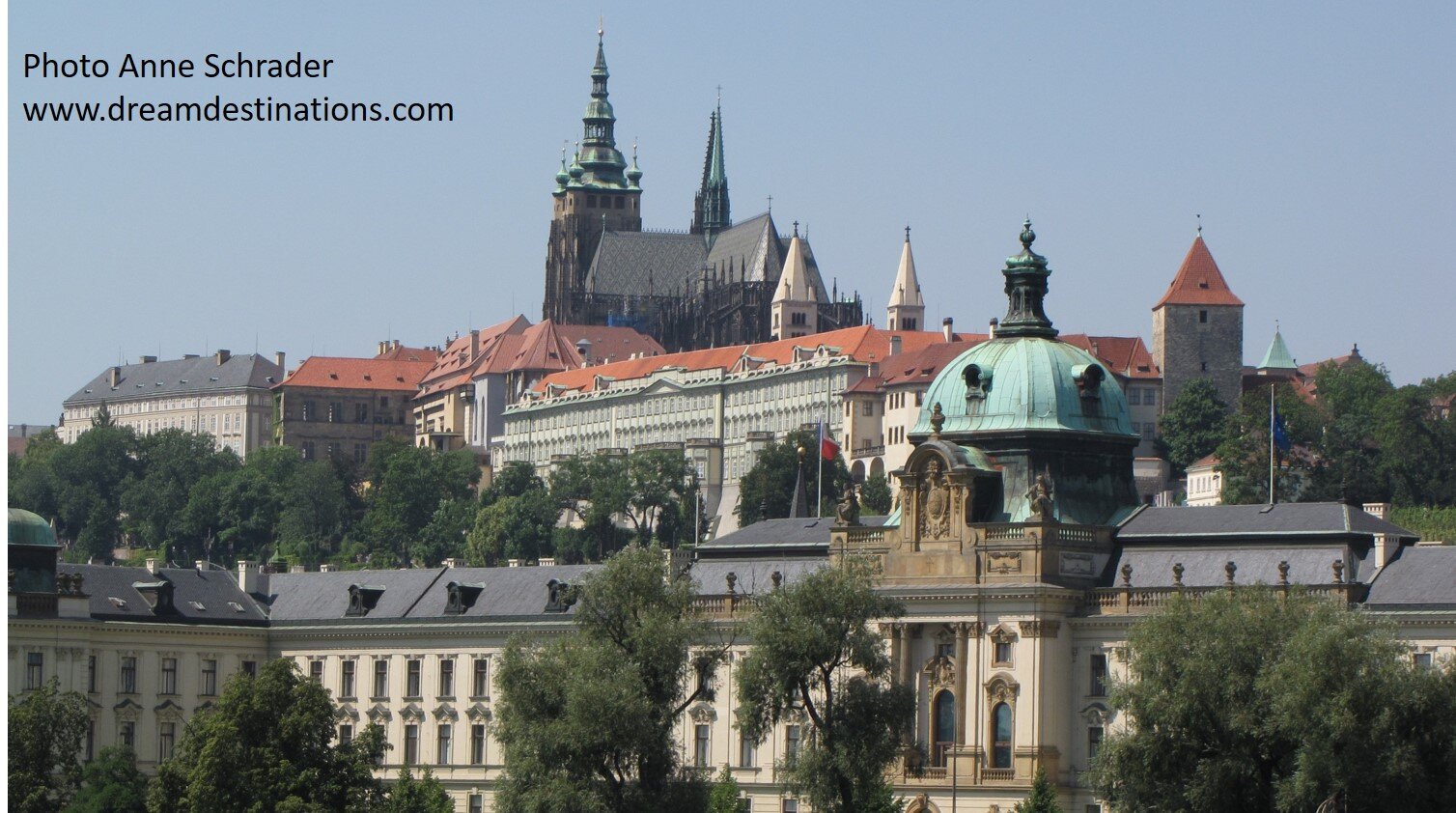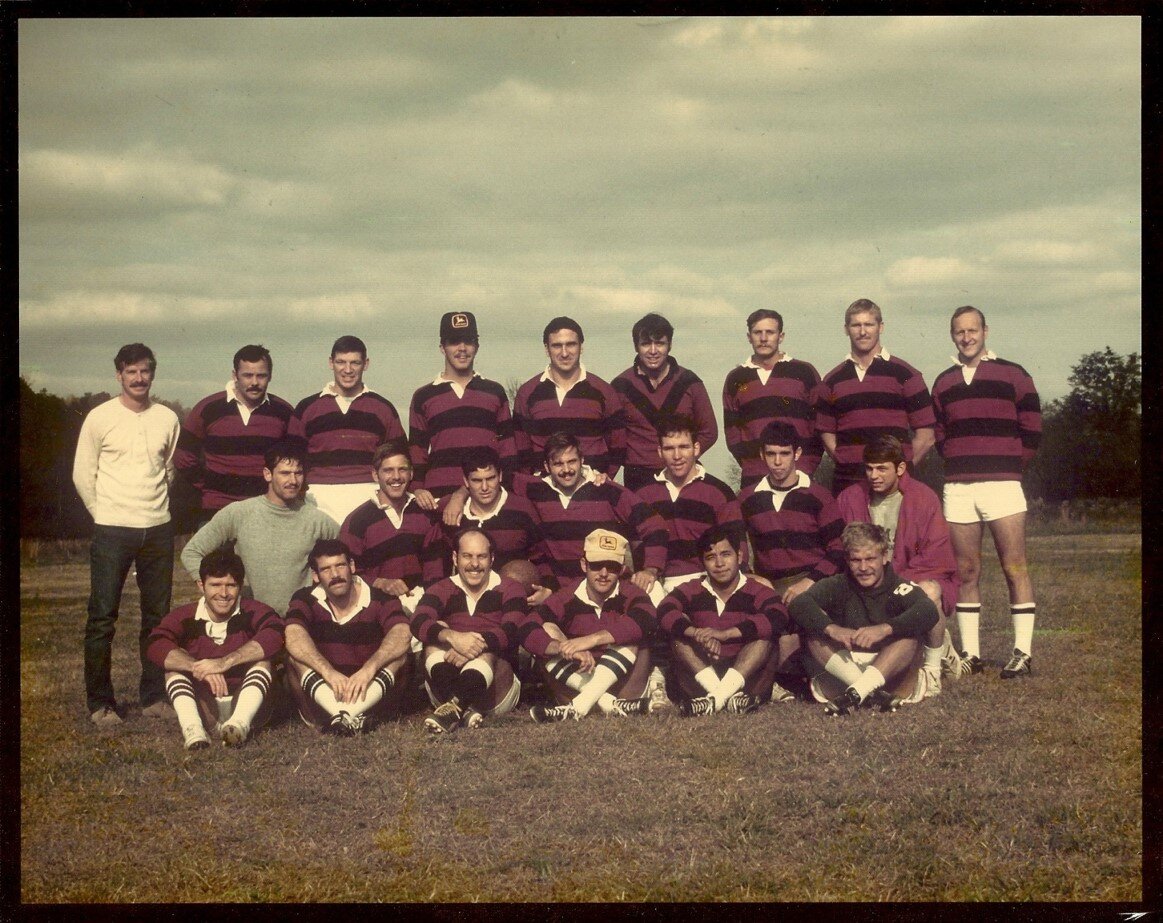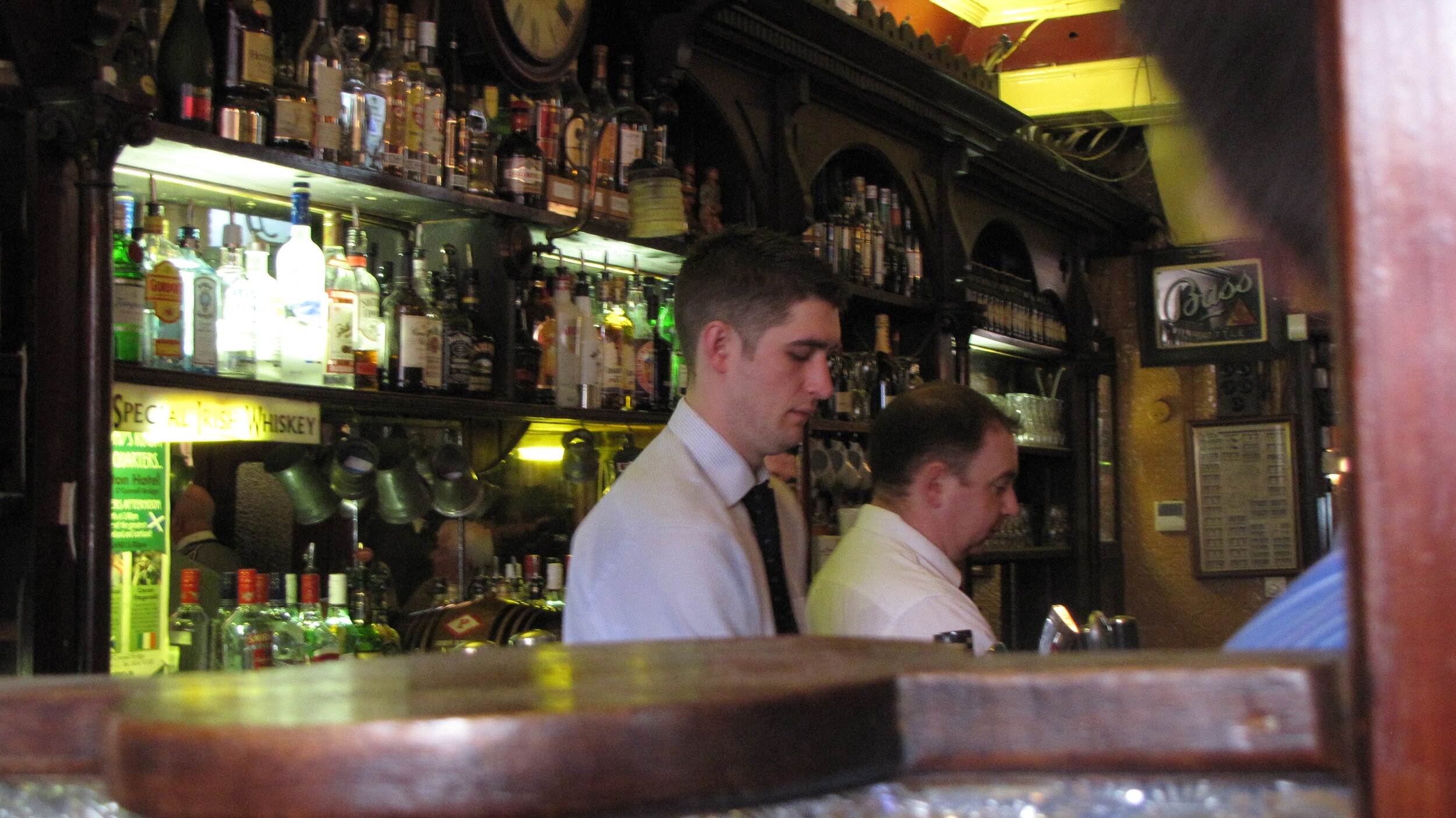Cool German Water Fountains
Hank Schrader, USMA '71, Europe Destination & Europe River Cruise Expert
Anne Schrader, Certified Travel Counselor & Certified Luxury Cruise Specialist
We all know the importance of water to live. I have read that without water you can survive about 3 days.
It is this vital element of water necessary for survival, that I believe caused humans to decorate their water sources in the medieval towns, to reinforce that access to water in towns and villages was a critical need to sustain life.
So, let’s look at some interesting fountains we have had the privilege of seeing in our travels to Europe in Germany—more than any other country in Europe, I’ve spent over 8 months here, some on temporary duty in the Army and some traveling with Anne.
Along with being beautiful and useful, many times these water features served a dual purpose, especially during the Middle Ages when many could not read. Some of these purposes include: as reminder of their duty to God, requesting protection from their patron saint, and upholding the tenants the Christian Religion; or for political reasons to glorify the rulers of an area; or to emphasize how to live properly (justice fountains); denoting historical events or the primal forces of water; and just to use water as a way to poke fun at life.
Most of these sights are in my favorite parts of Europe—the Old Town Centers or in German, the Altstadt.
I decided to organize these by how and when I saw these fountains. Without really realizing at the time, it helps makes these German fountains more important, as I learned the symbolism behind these water structures..
My First Trip to Europe.
In the summer of 1971, I spent 6 weeks traveling in Europe. I got to visit Germany, Denmark, Austria, Italy, France, Spain and England. Travel was much different then in Europe—my friend and I used traveler checks which we converted into cash for each countries’ currency, we used Europe on 5 Dollars A Day as our guide book, and had a rail pass to travel in between countries.
The first place I visited was Frankfurt, Germany. Due to the division of Germany into East and West Germany after WW II, as a newly commissioned US Army officer, we were not allowed to visit Eastern Germany.
Here is the Frankfurt Old Town Area I first visited in 1971. I loved the Market Square area, its half-timbered buildings, the church and the Justice Fountain. I’m not really sure, I recognized the meaning behind the statue on the column on the first visit, but I did when I finally got to visit again in 2021. Here are our photos of the second visit (all taken by Anne, of course as are all photos that are not watermarked).
Justice Fountain Frankfurt
Old Town Square Frankfurt
Old Town Square St. Nicolas Church
Great tavern in Old town Frankfurt that was once the City Hall (Romer)
Two Castle Fountains During our 2013 Land Visit
With its tall towers, you would guess that Burg Eltz would have a dramatic water feature. Sadly, this is not the case. It does have a functional system but one would not call it elegant like the other portions of the castle complex. This small spout could be easily overlooked, until you see the detail on the metal water spicket.
The entrance to Berg Eltz
A wonderful picture of the courtyard tunnel to enter Berg Eltz.
This small water feature in the courtyard of Berg Eltz is not very interensting at first glance.
Dragon Faucet in Berg Eltz—this is more like you would expect from this fairy-tale castle.
More in keeping with what one would expect from a castle, this fountain and its gardens of Stolzenfels Castle are just what we crave in well landscaped castle grounds.
Stolzenfels Castle
Stolzenfels Castle taken during a visit to Lanech Castle which is directly across the Rhine
The moat entrance to Stolzenfels Castle
Stolzenfels Castle Gardens and fountain area
Perhaps Germany’s Most Famous Fountain We Have Enjoyed During River Cruises and Land Extensions
The Schoner Brunnen (the Beautiful Fountain) is probably the most famous and unique water fountain in Germany. The fountain is 19 meters high, was built in the 14th century, and is in the shape of a Gothic spire. There are 40 colorful figures on this fountain and represents important ideas and people of the Holy Roman Empire.
Schoner Brunnen in Nuremberg’s market square.
Another picture of the beautiful fountain in Nuremberg.
Larger City Fountains We Saw During River Cruises and land Extensions
In Frieberg, there are 2 fountains that caught our eye. The first is really no more than one faucet, but it is so colorful and unique, it deserves a place on this blog.
A small but unique water fountain in Frieberg
The monkey water spout
The large fountain with the lady carrying 2 water pails with her 3 children pops up in the middle of a very modern part of the city.
Woman with two pails and children in Frieberg
Close up of this water fountain in Frieberg
In Koblenz, there are 2 interesting fountains. The first is very large one, depicting the history of the city. It is called Historiensaule Fountain. The fountain in the middle of the square with its 10 meter high historical columns is worth seeing. The artist Jürgen Weber tells the story of the town of Koblenz in 10 overlapping scenes presented three-dimensionally for its 2000 year history. It is very modern, being constructed in 1992.
Historic Water feature covering the 2000 year history of Koblenz
Base of the History Fountain—wine merchants before the Roman Era
The second is called Schangel Fountain--The Schängel fountain is a monument to the city’s eternal “bad boy” who spits water from his mouth, sometimes getting surprised folks who stopped to admire the water feature wet. Designed by Carl Burger in 1941, the fountain stands between the Renaissance and Baroque structures of the present Town Hall and the former Jesuit monastery.
The spitting boy water feature.
In Mainz, the ornate Marktbrunnen is large and fancy. It was donated by the prince elector of Mainz of the Holy Roman Empire, and it is in part a celebration of the military defeat of a rebellion, known as the German Peasant’s Uprising. This renaissance red sandstone fountain was one of the first in this architectural style in Germany. Madonna tops this fountain today, holding the baby Jesus—this part was added in 1890.
The Market Fountain of Mainz reminds the peasants about the ruling class power in Mainz
In Munich, we found 2 interesting fountains. The first is the Wittelsbacher (the sculptor) Brunnen located in the Lenbach Platz. It was created between 1893 and 1895. The fountain depicts the primal forces of water.
The Wittelsbach Fountain is dedicated to the rulers of Bavaria. The two mounted figures are allegorical figures, representing the positive and negative aspects of water. On the left, a young man on a seahorse throws a stone—it represents the destructive power of water, The woman water nymph, riding a bull and holding a goblet, is the positive power of water.
The last one is near the Karlstor gate on the city side inside what used to be the walled city. The decorations on the gate reflect a snub to the rulers of the day, and I speculate this fountain is part of that spirit. It is probably, an extension of the artist creators idea, “if you got it, flaunt it!”
This fountain of a naked boy throwing water on a Satyr, who spits water on the boy, was considered scandalous when it was first displayed in 1895. The naked boy was never covered up.
Quaint Village Fountains Almost Only From River Cruises
In Bamburg the Gabelmann (fork man) is a statue above a water well. It is a statue of Neptune, the Roman god of the sea, holding his 3-pronged fork or trident. He is located in the pedestrian part of Bamburg, at the Gruner Markt ( or Green Market in English). Locals use him as a good meeting place. Here is a photo of this good meeting place:
Neptune Fountain Bamburg
In Bernkastel, a favorite fountain is the Bear Fountain. This is a newer fountain erected in 1968 and pays homage to the heraldic symbol of city, the bear.
Bear Fountain Bernkastel
In Cochem there are 2 interesting fountains. In the town square, the St. Martin fountain (Martinsbrunnen) shows St. Martin on horseback, using his sword to cut his cloak in half to give to the shivering man. St Martin is the patron saint of Cochem.
St. Martin Fountain in Cochem
Goat Fountain, Cochem, Germany. The story of this fountain is a goat was accused of eating grapes just before harvest time which was illegal. So, to find the truth, they placed the goat in a winepress and instead of white blood, the goat bled red—it was found not guilty but paid with its life. Poor idea from medieval times. Here is a photo of the unfortunate creature:
Goat Fountain in Cochem
In Miltenberg, there is an excellent fountain in what some call the most beautiful square in all of Germany. It is made of red sandstone and constructed around 1583. At the top of the column is a figure that represents justice. In one hand is the sword and the other the scales of justice.
Market Square Miltenberg
Justice Fountain Miltenberg
Passau
Here is a fountain we found in front of the Bishop New Residence in Pasau. Mary is on top of the column and at her feet are 3 Angels. The Angels symbolize the meeting of the 3 rivers at Passau—the Danube Angel wears ears of wheat in her hair; the Ilz Angel wears pearls; and the Inn Angel wears a Tyrolean hat.
A second Wittelsbach Fountain, It was built in 1903 to commemorate Passau being part of Bavaria for 100 years
It should come as no surprise that Rothenburg ober der Tauber (land and river cruise) makes the list with several fountains, as it is the best-preserved medieval town in Germany due to the intact walls protecting the city. Since it was high above the Tauber River, this geographical location resulted in over 40 wells dug in the city to make water more accessible to the town.
In market square, the St. George Fountain is impressive. It was built in 1608. The legend behind the slaying of the dragon by St. George is that the dragon was terrorizing the folks of Rothenburg and to distract the dragon and get water, the citizens offered up a human sacrifice each day. When the kingdom’s princess became the chosen one for the offering, St. George attacked and slayed the dragon to free the people of this torment. That is why his heroism is celebrated in many places in Europe. The fountain is the largest in Rothenburg.
St. George’s Fountain Rothenburg
St. George’s Fountain with Meat and Dance Hall building in the background
Perhaps the most famous fountain in Rothenburg is in this picture, but the small fountain is not the key sight in this picture—it is the background surrounding this fountain. It is the Plönlein, the small square and fountain, in front of the colorful, crooked building. With 2 impressive towers, and two diverging roads in the background, it has become the iconic picture of Rothenburg.
One of the most iconic views of Rothenburg
The Plönlein, the small square and fountain
Here is another fountain that we liked.
St. John’s Fountain.. In the background, the Siebers Tower is visible.
. The Herrn Fountain (Gentry Fountain) in Rothenburg.
A Rothenburg Fountain
In Trier (land and river cruise) the elegant St. Peter’s Fountain was constructed in 1595. St Peter is the patron saint of Trier. Around the columns are the cardinal virtues—justice with the sword and the scales; strength, with a broken column; moderation with wine and water; and wisdom with a mirror and a snake.
Market Square Trier. In the background is St. Peter’s Fountain on the left.
St. Peter’s Fountain Trier. You can see 2 of the large figures near the basin that represent the virtues. On the left is Temperance and on the right is Prudence.
St. Peter’s Fountain in Treir
In Wertheim, the Angel Fountain is a well-known landmark. Built in 1574, the red sandstone fountain features 2 angels that carry the coat of arms of Wertheim. The other 8 figures are important people from the past that were responsible for the building of this well. It is in an awesome setting with the half-timbered buildings framing the fountain sculpture.
One view of the Angel Fountain Wertheim. This photo shows the pulley system used to get the water by townsfolk.
Another view of the Angel Fountain Wertheim
Angel Fountain Wertheim. On top from this view the Coat of Arms of Wertheim is easy to see.
Wurzburg
There are 2 great fountains in this city. The first is the Vierrohrenbrunnen. At each corner of the obelisk column, are 4 women representing the 4 virtues—Justice, Fortitude, Temperance and Prudence. On top of the fountain is a Franconian man.
This fountain is sometimes called the 4 tubes fountain, as water-spouting dolphins help fill the water basin. It is in Wurzburg.
The next fountain is outside the front entrance of the Residenz Palace. This is known as the Franconian Fountain and it was designed to symbolize Franconia.
This water feature is outside the Residenz Palace in Wurzburg. It was created to symbolize Franconia. The figure on top of the column is holding the Franconian flag in one hand and a laurel wreath in the other hand. The 3 other figures at the base of the sculpture are 3 prominent middle ages artists—a painter, a poet, and a sculptor.
Our Final Thoughts
Germany has some great sights and I’m sure these fountains didn’t disappoint! We hope you learned a little bit about these water features and the message they conveyed to those who used them.
We are travel experts, ocean and river cruise specialists, and Europe destination experts. We have first-hand knowledge of almost anywhere you want to visit in Europe. We know our products and the vendors who sell them to you. We have designed special tours for dozens of clients, led several and will continue to find just the right vacation that will exceed your expectations.
When you are spending your hard-earned money for a vacation, you want an advisor who can match you with the right trip. You want someone who will understand your expectations and fuel your anticipation (or excitement) to get you the best possible trip experience. And you want someone who can help you with the decision-making process. We think we have all these qualities.
Whatever your Dream Destinations are, we are here to help you get the best possible vacation based on what is important to you! We will provide you with high quality, expertly planned travel. Please give me a call 713-397-0188 (Hank) or email me at hschrader@dreamdestinations.com. We want to help you: Savor life…make memories…Visit Dream Destinations! Your journey begins here!
ANNE has earned a degree from the University of Houston in Hotel and Restaurant Management. Serving as the President of Visit Dream Destinations, LLC, since 2016, she is uniquely experienced professional travel advisor with over 26 years’ experience in the travel industry. Among her numerous certifications, she is a Certified Travel Counselor (CTC) by the Travel Institute, considered the gold standard in travel agent certification and she is also an Accredited Cruise Counselor (ACC) by the Cruise Lines International Association (CLIA), as well Luxury Cruise Specialist also from CLIA. Having traveled often to Europe since 1989, she has expanded on her certification as a Destination Specialist in Western Europe (DS) with extensive first-hand experience in luxury vacations. She holds numerous other specialty designations from individual vendors. An expert photographer, she delights in capturing the true essence of destinations to share with all.
HANK is a certified Western European Destination Specialist (DS) who has been traveling to Europe for 50 years. He is also an Accredited Cruise Counselor (ACC), conferred by the Cruise Line International Association (CLIA). This recognized expert in cruise and leisure travel is a retired Army Officer, and taught World Geography for 8 years. He is a `71 graduate of West Point and has earned 2 master’s degrees. His other Certifications:
AmaWaterways River Cruise Specialist
Viking River Cruise Specialist
Scenic River Cruise Specialist
Emerald Waterways Specialist
Avalon Waterways Specialist
Brit Agent

















